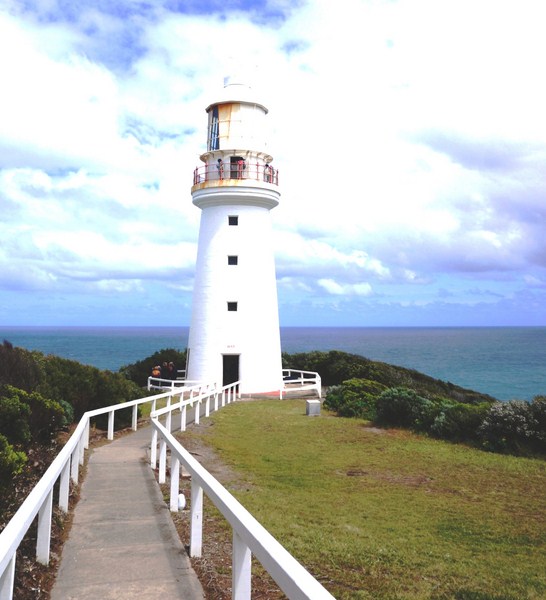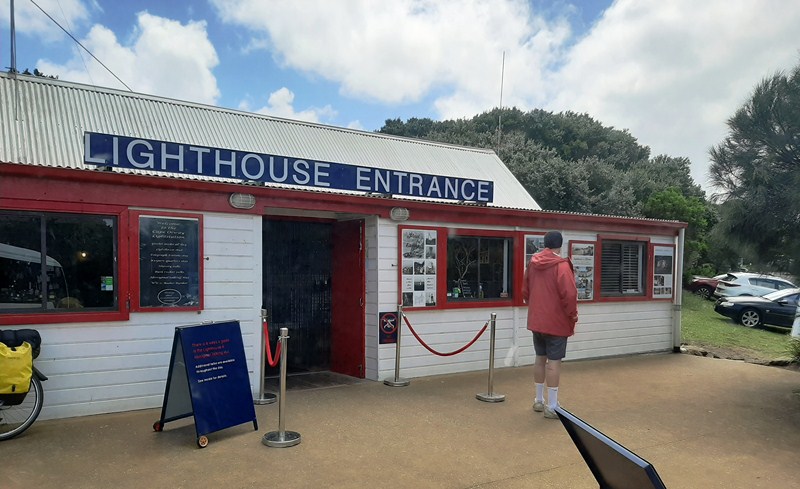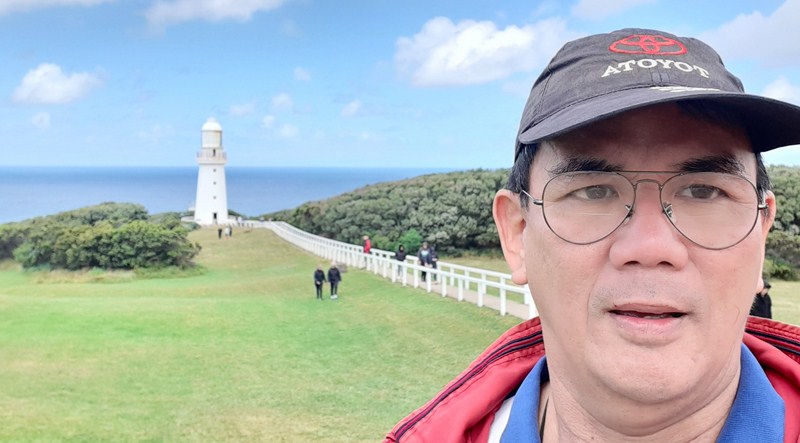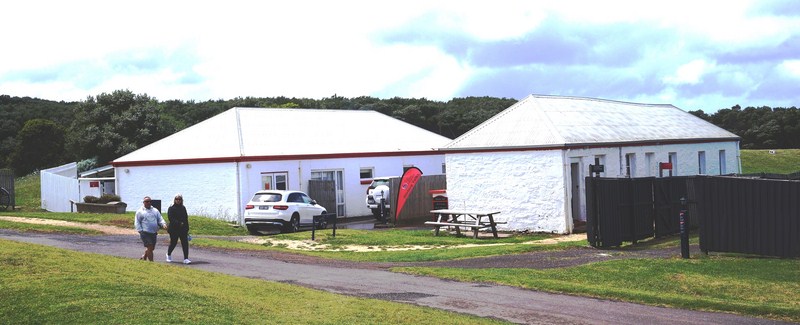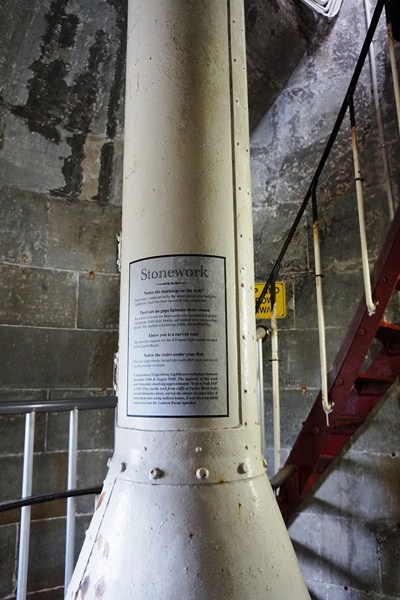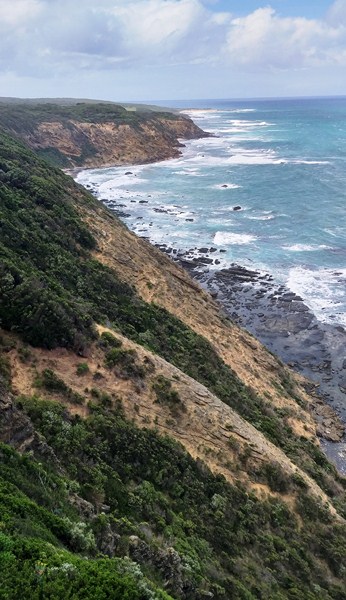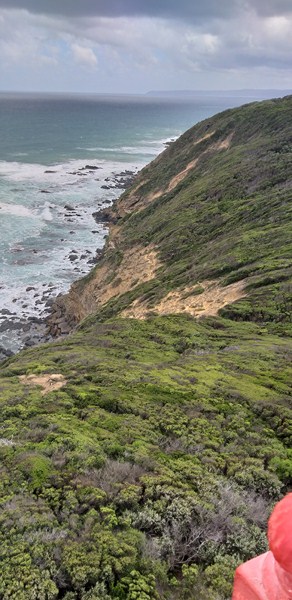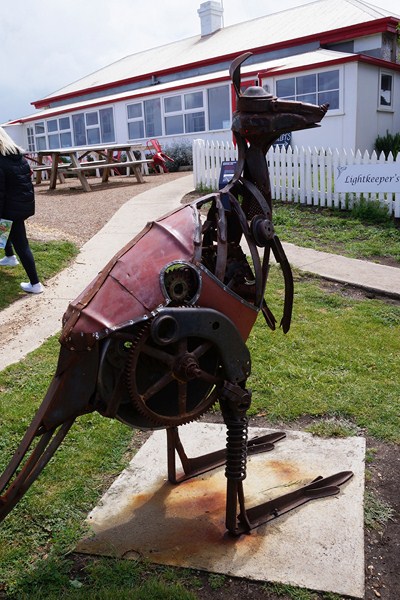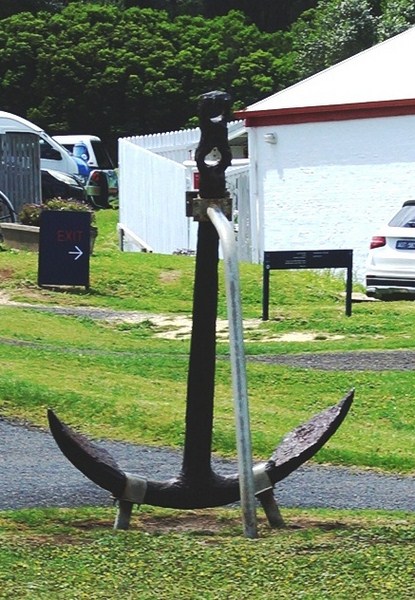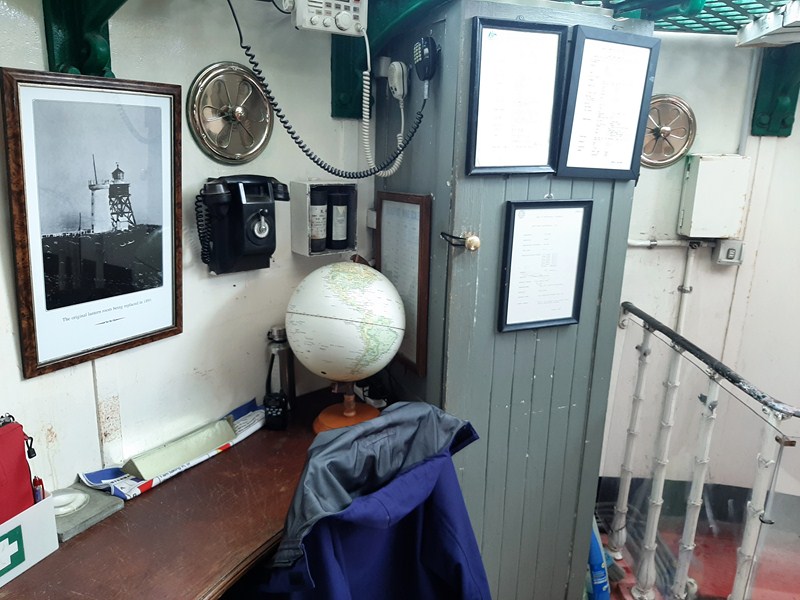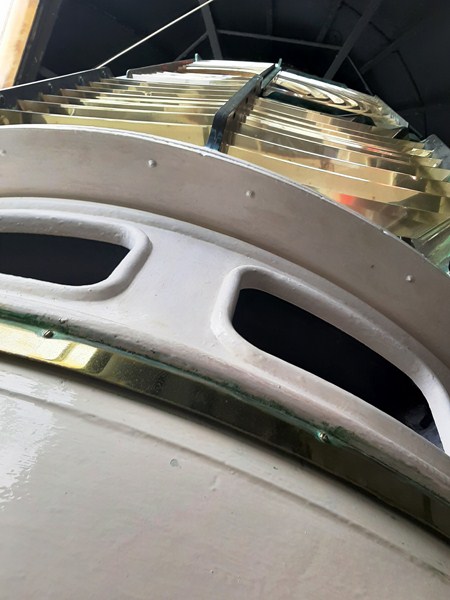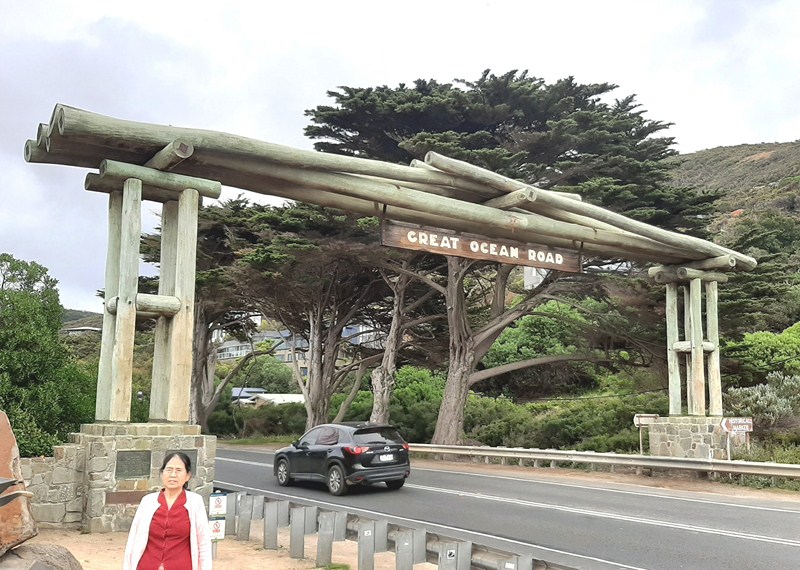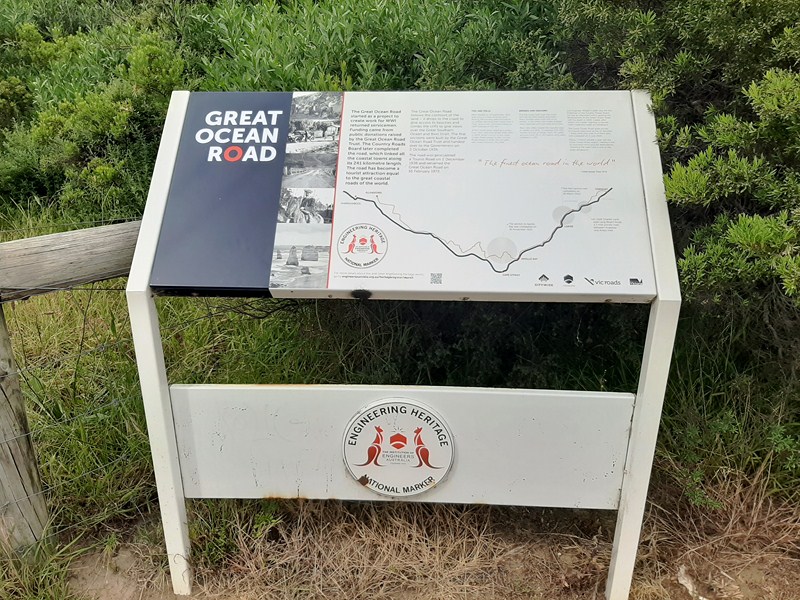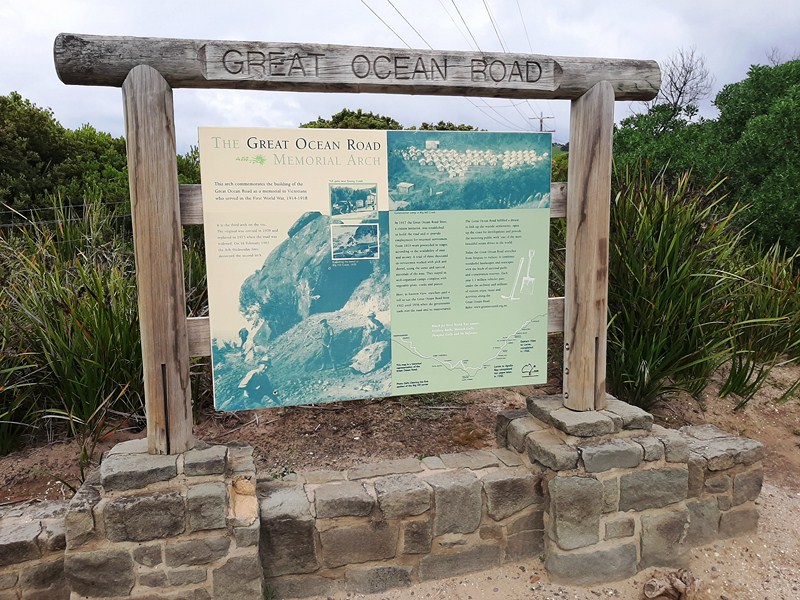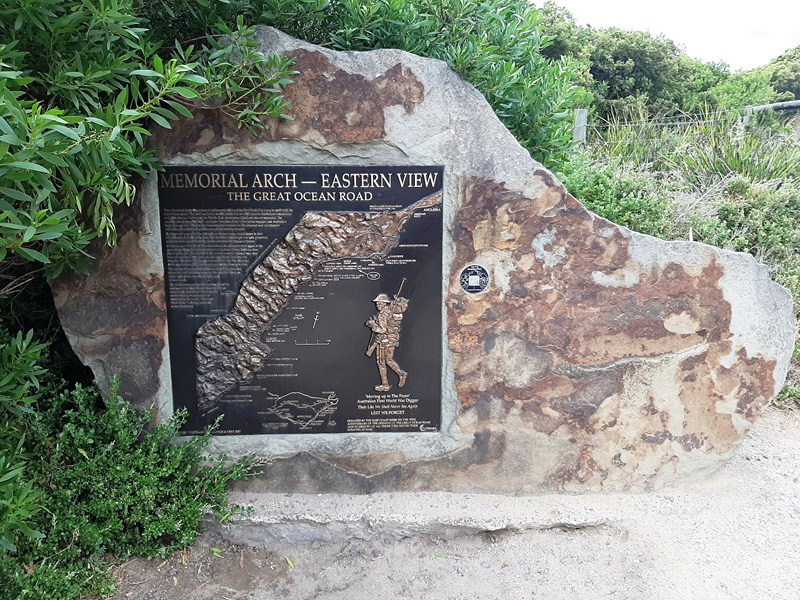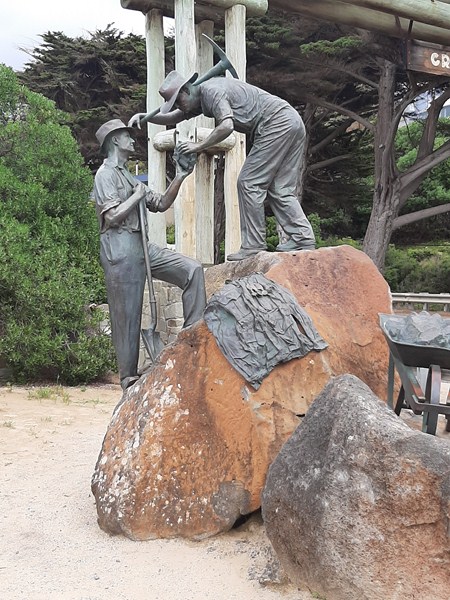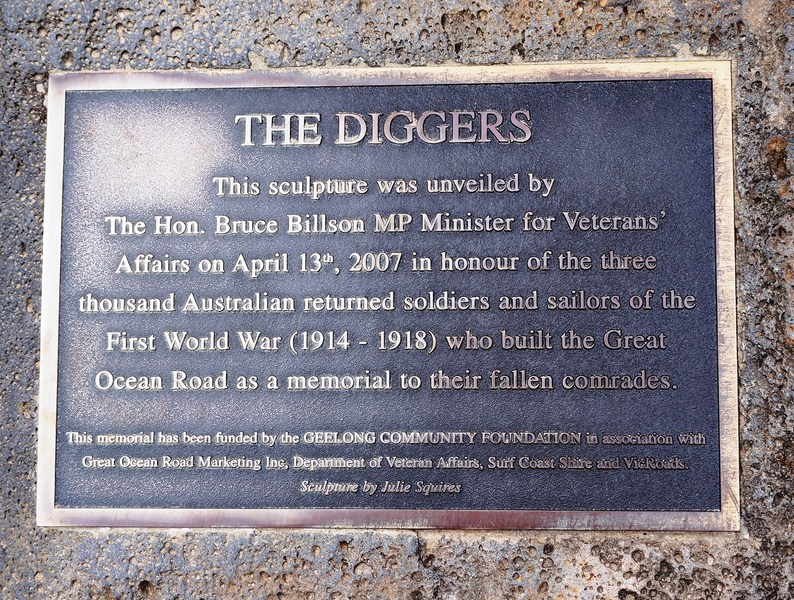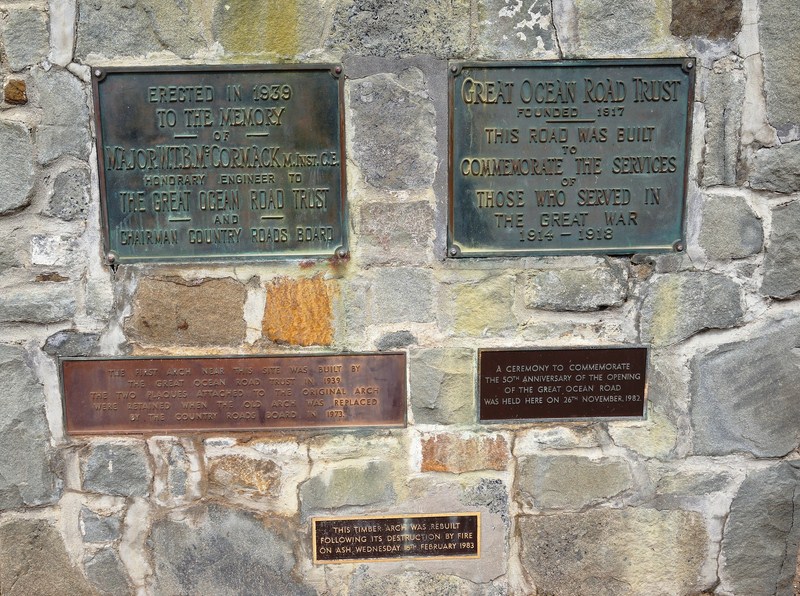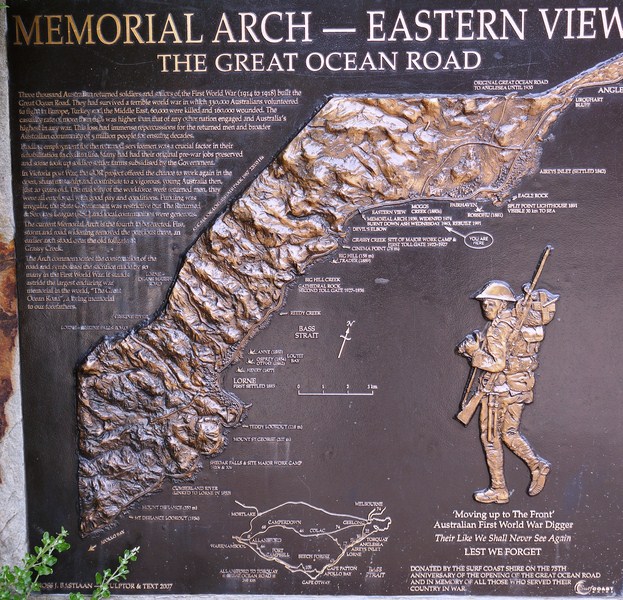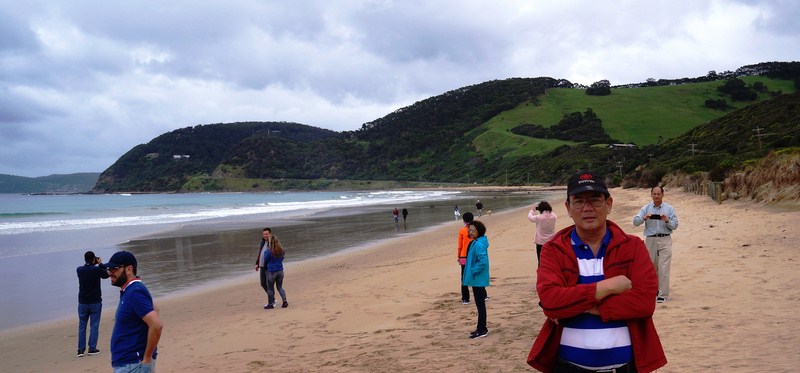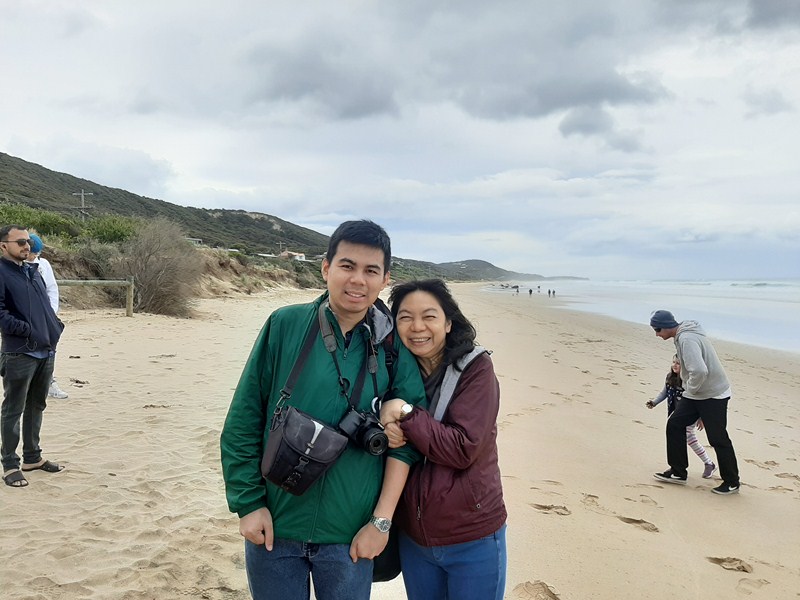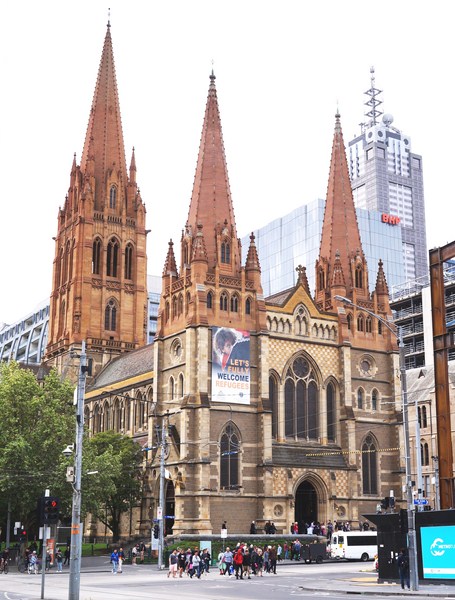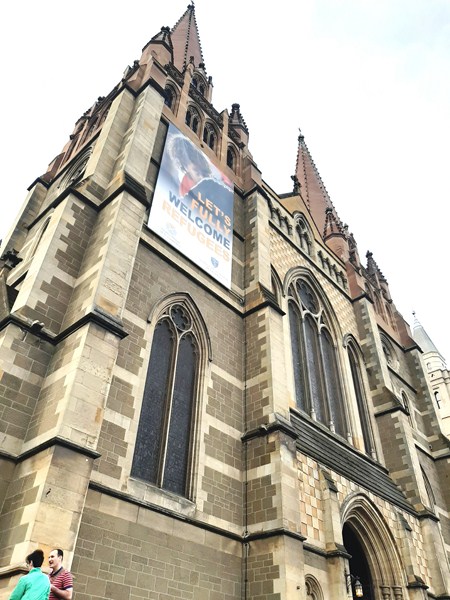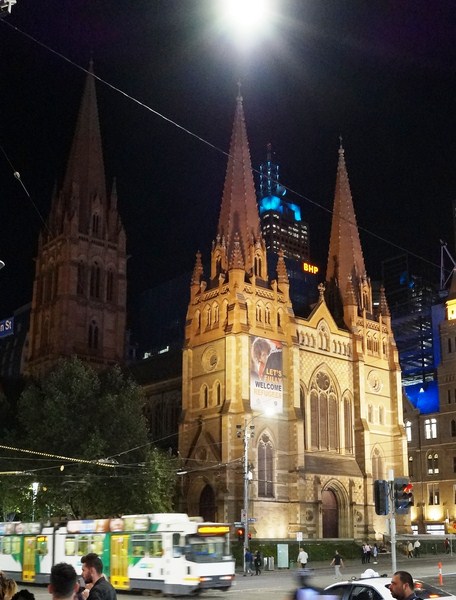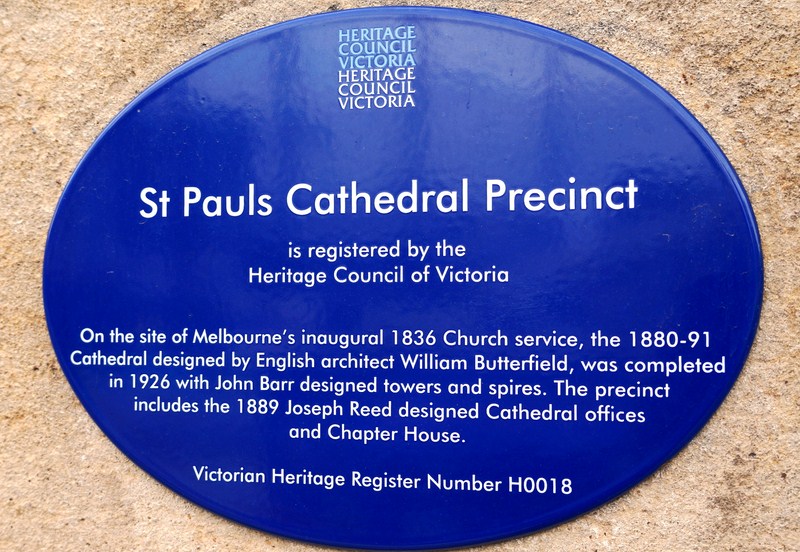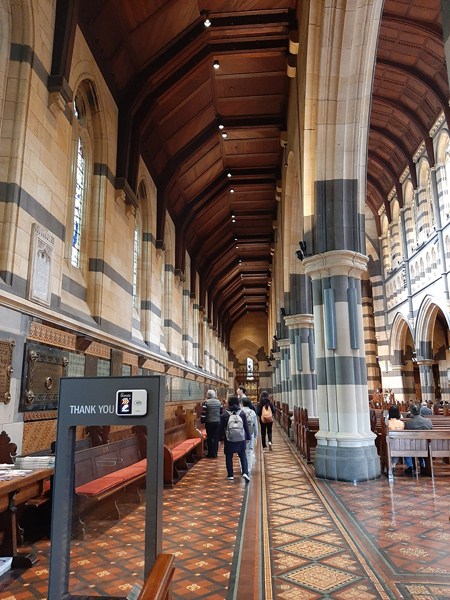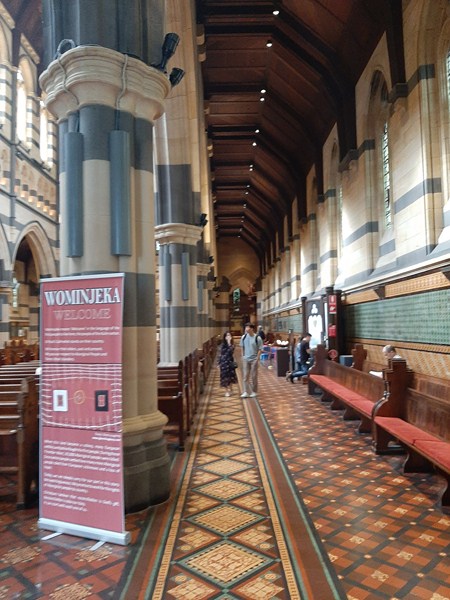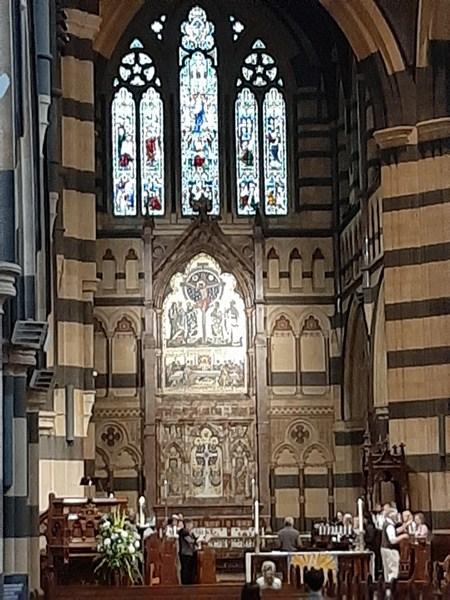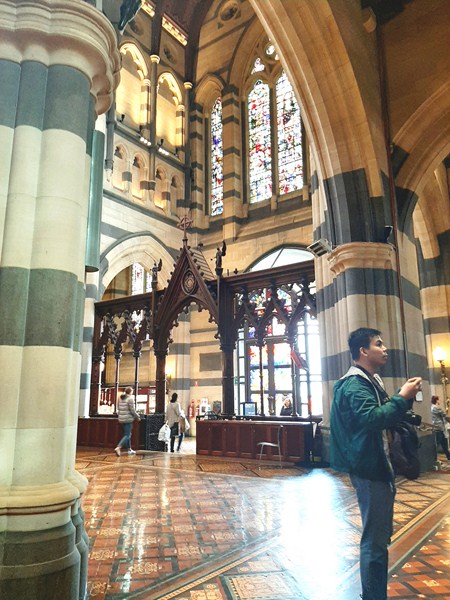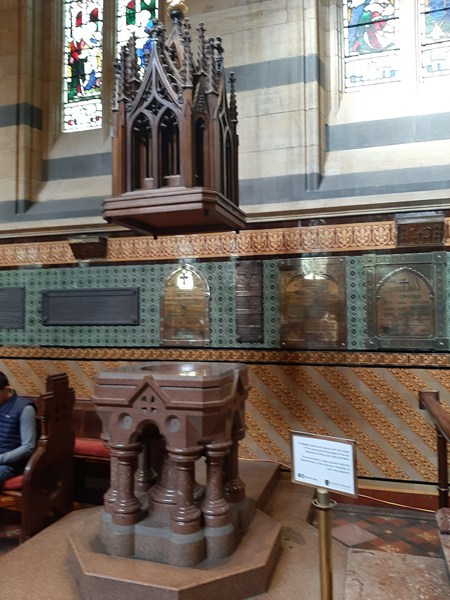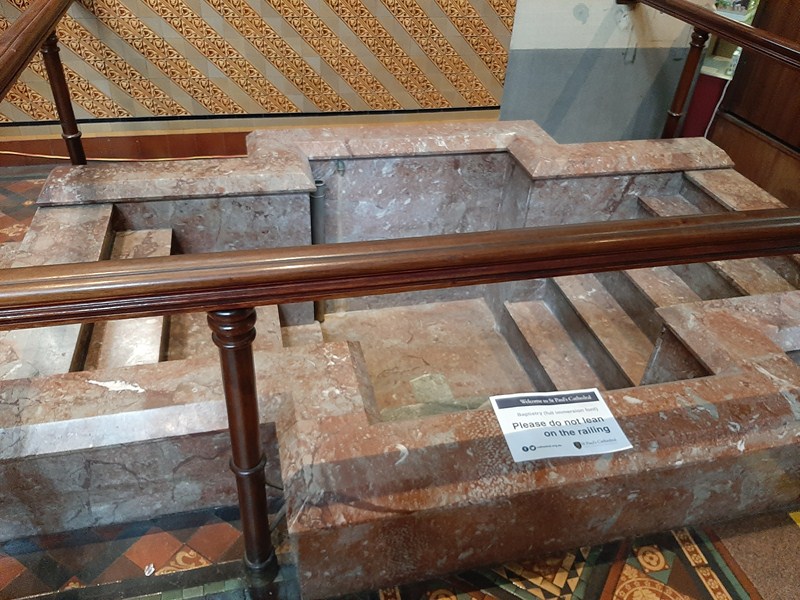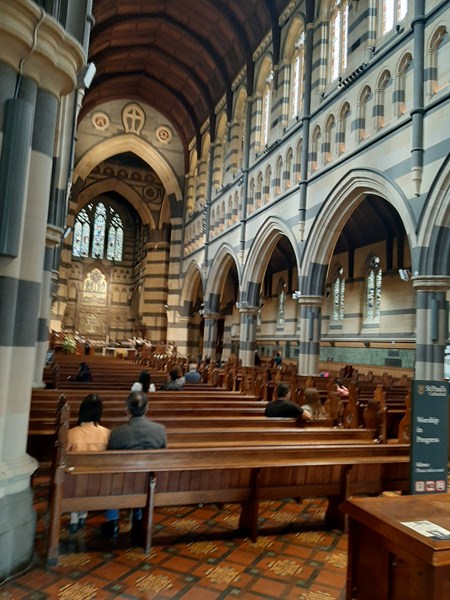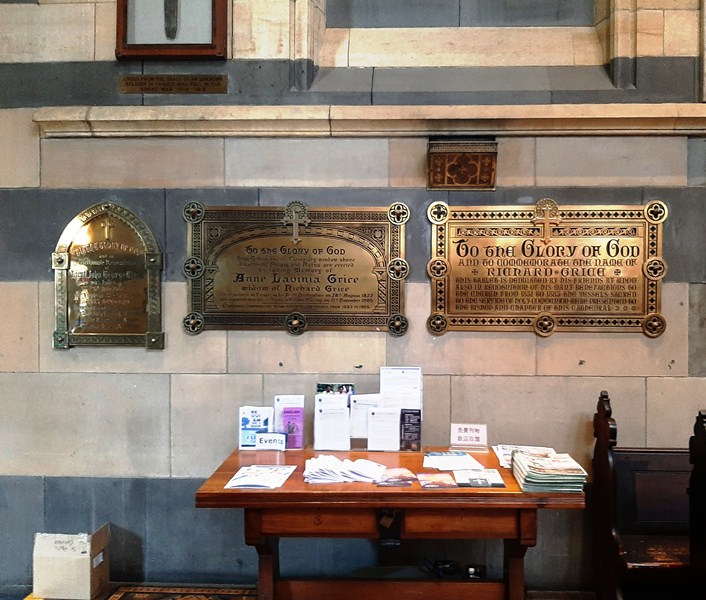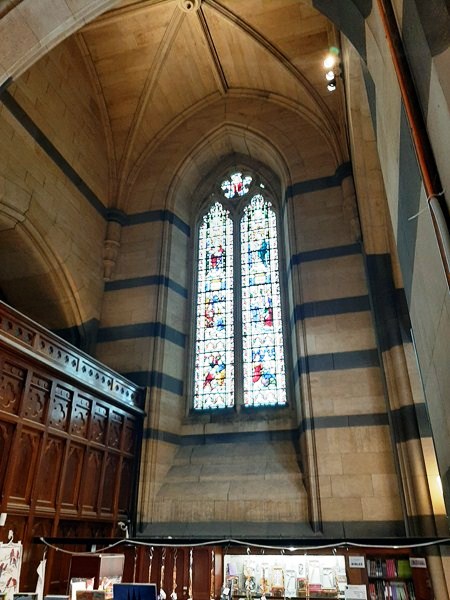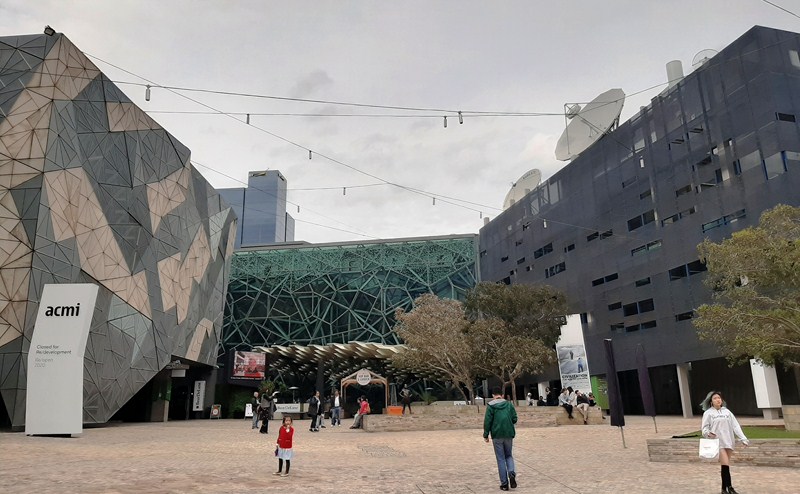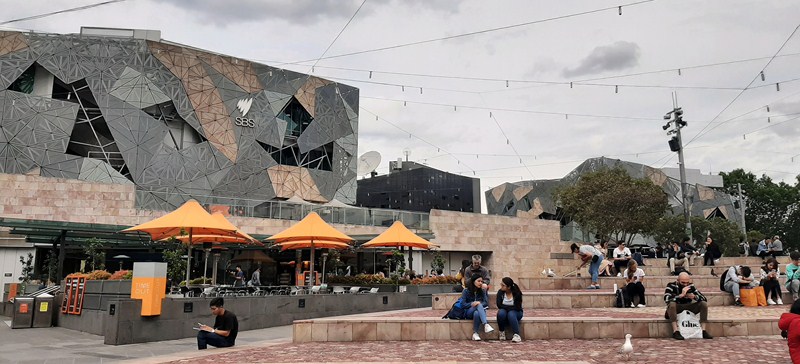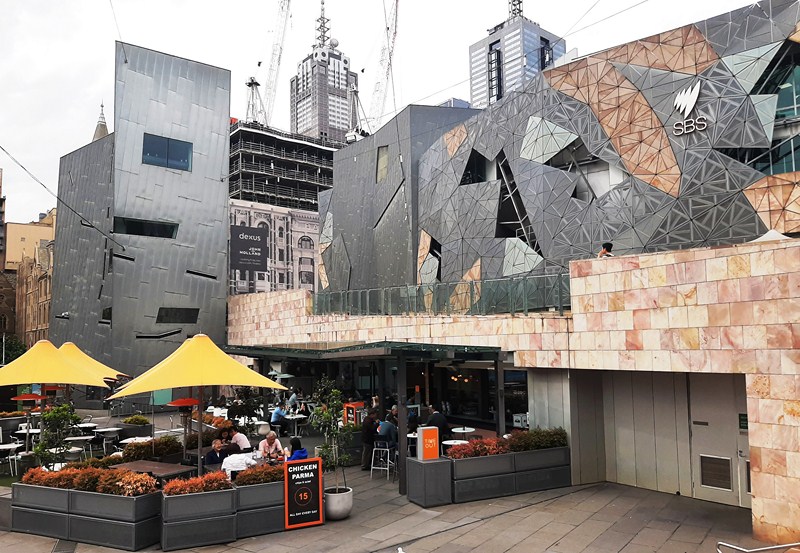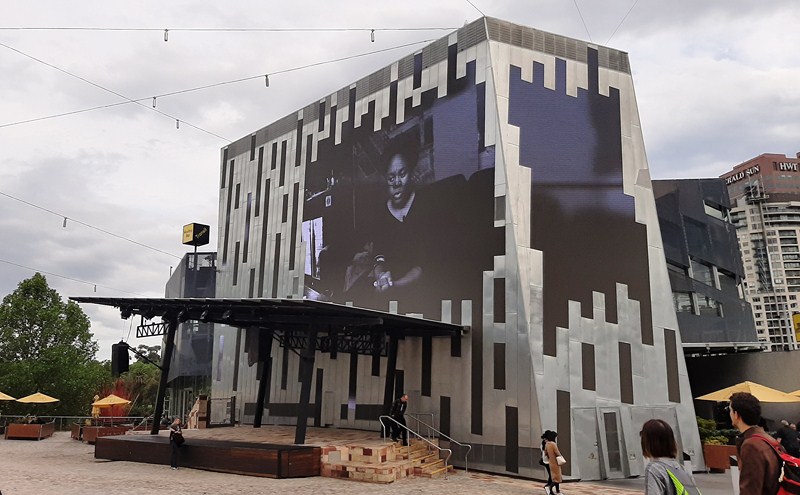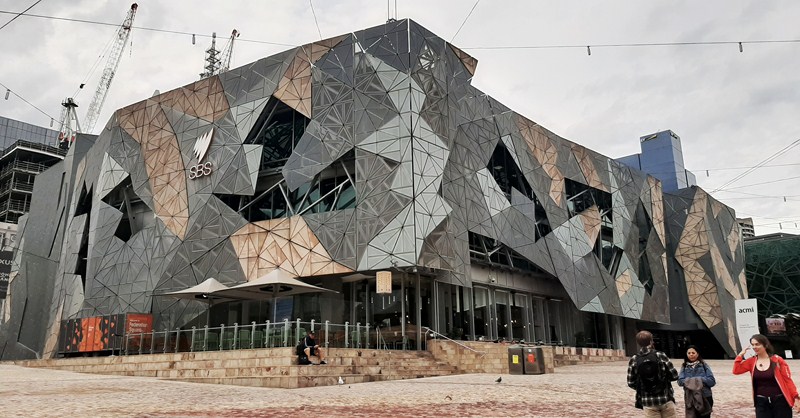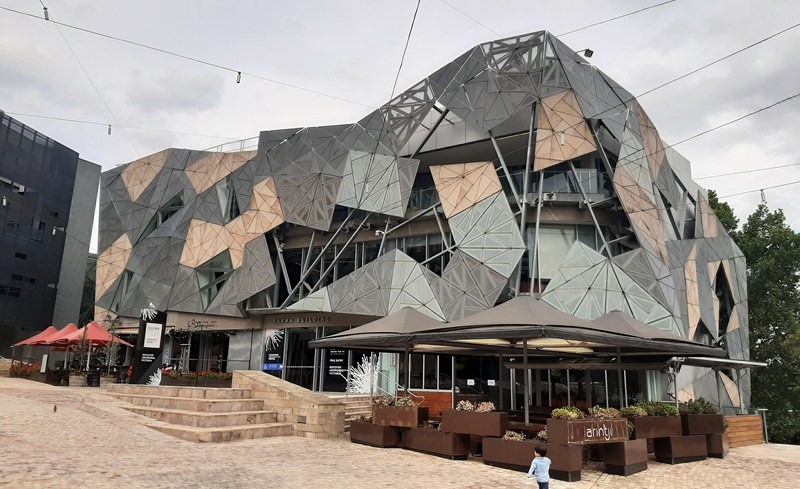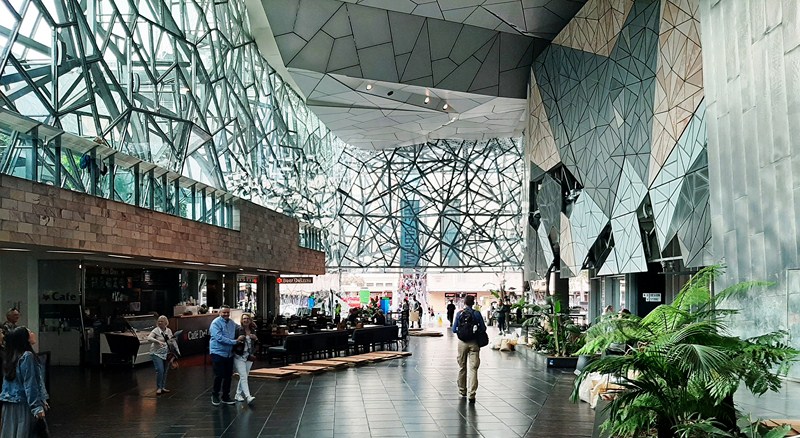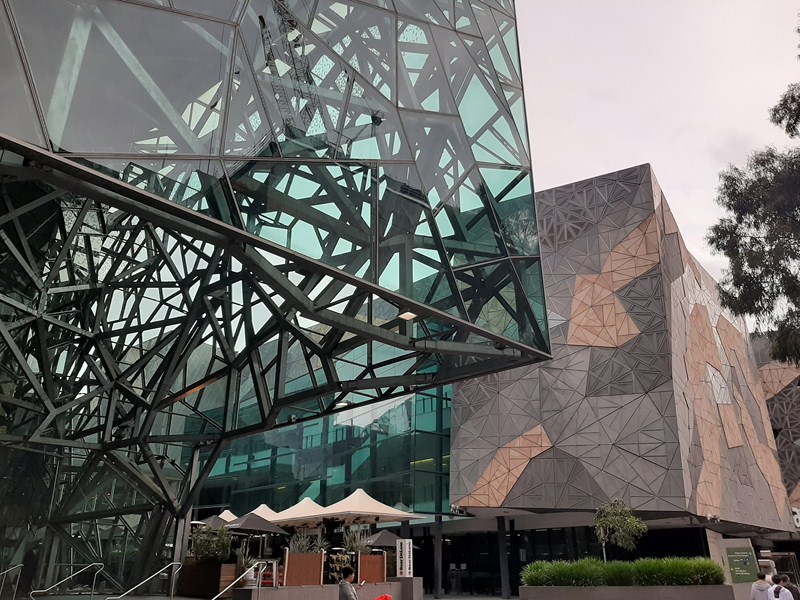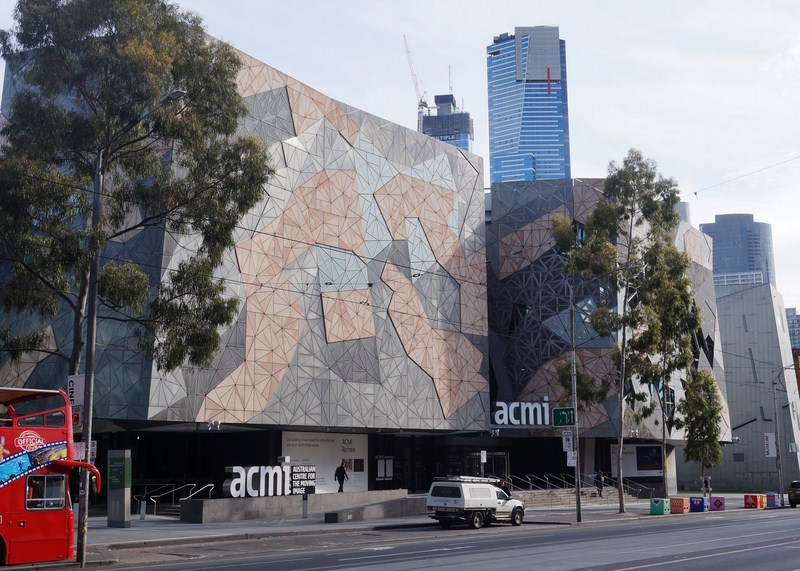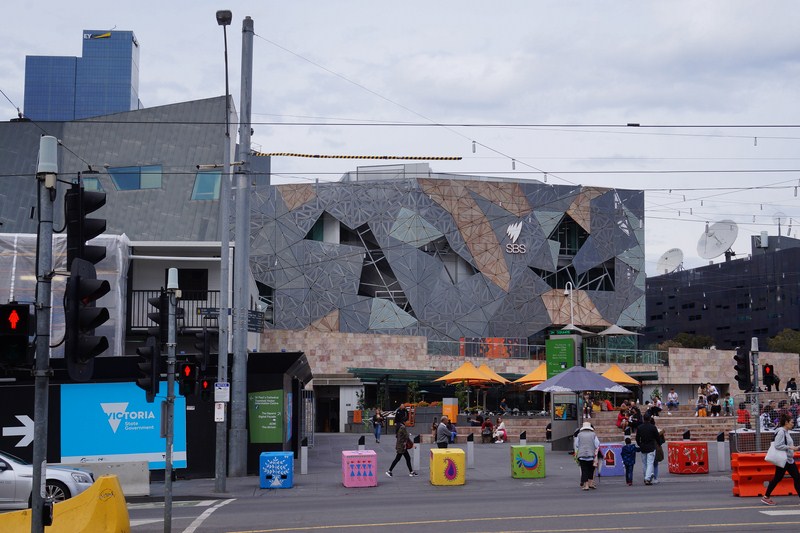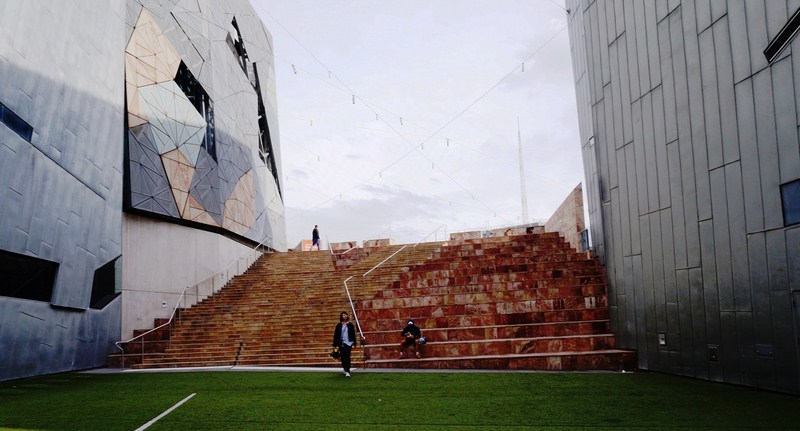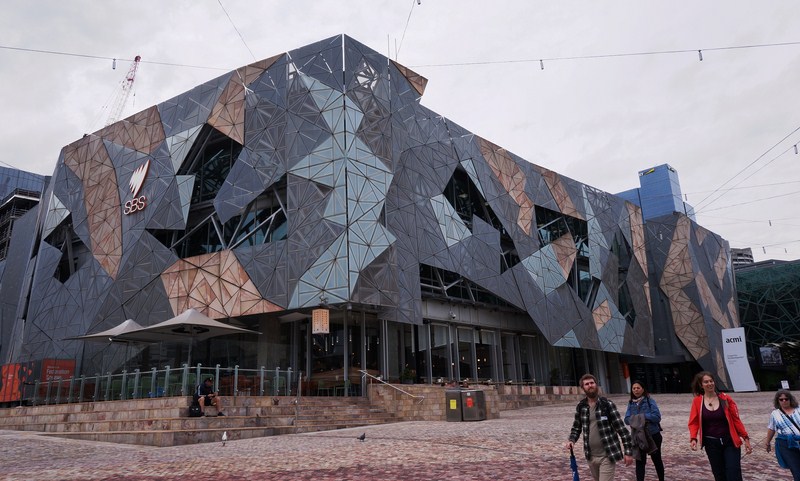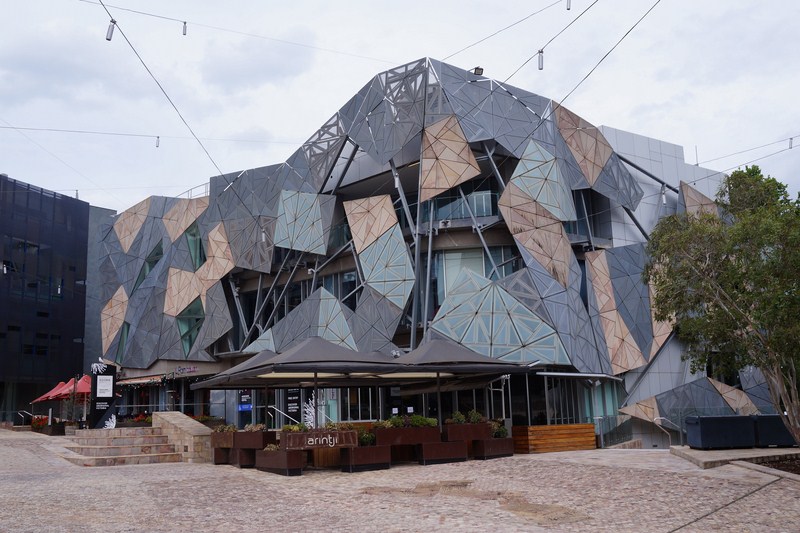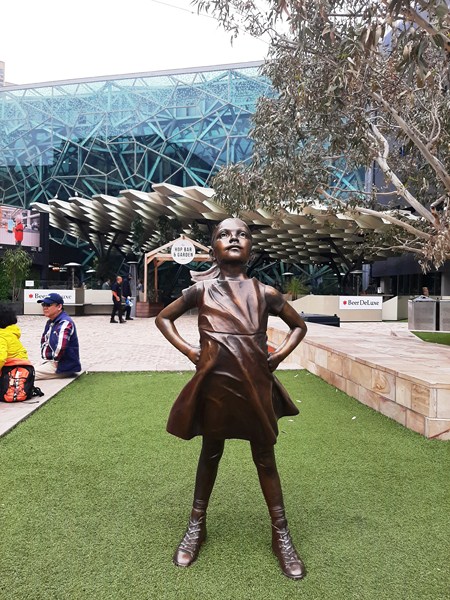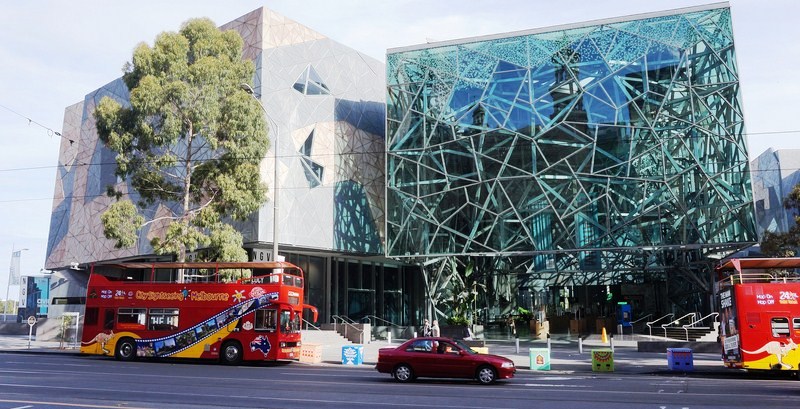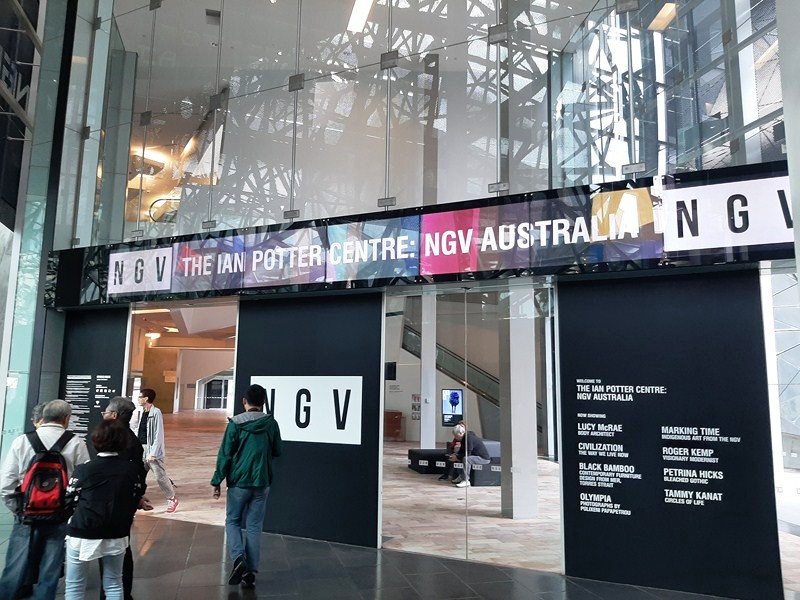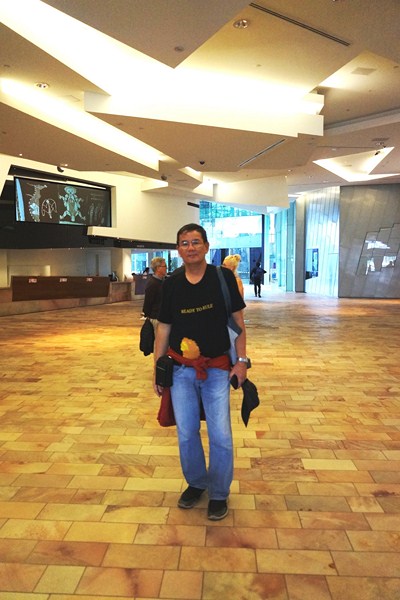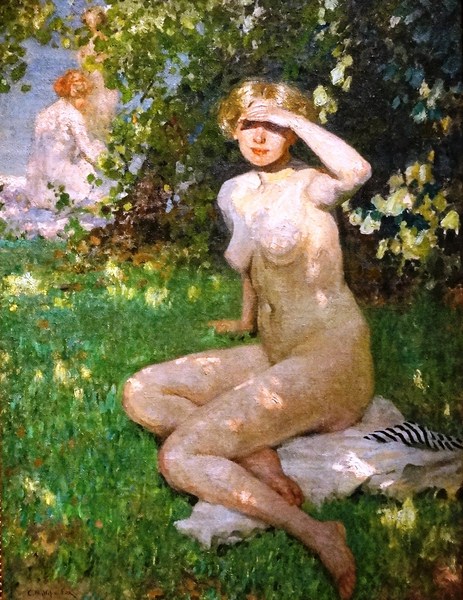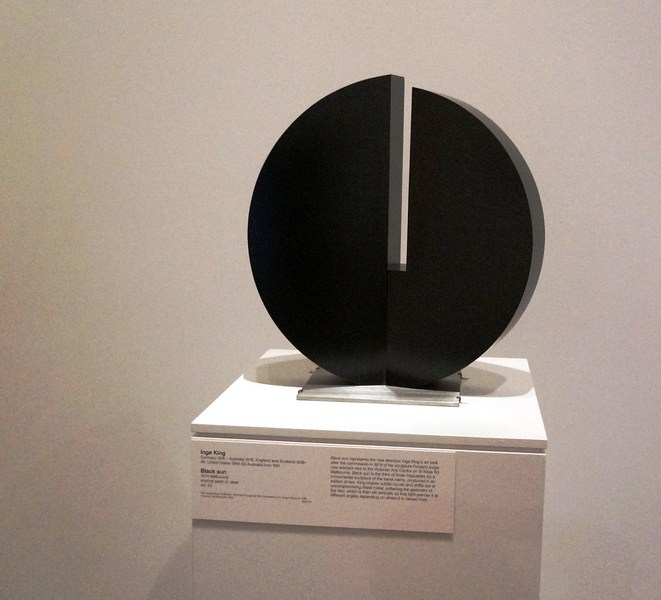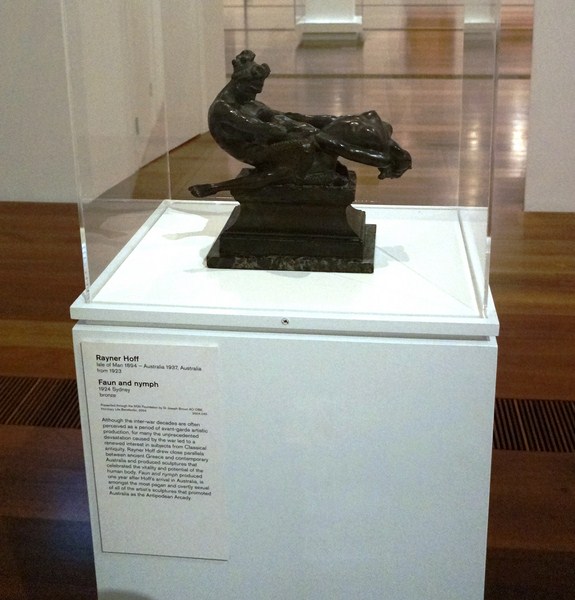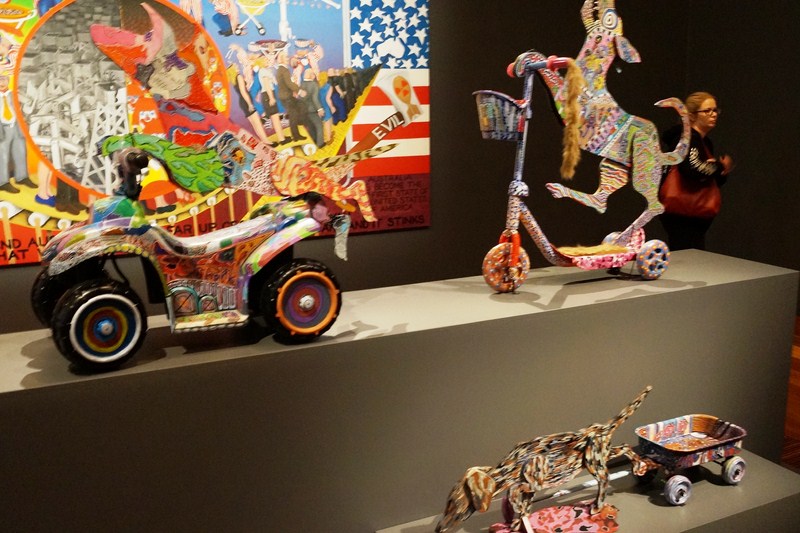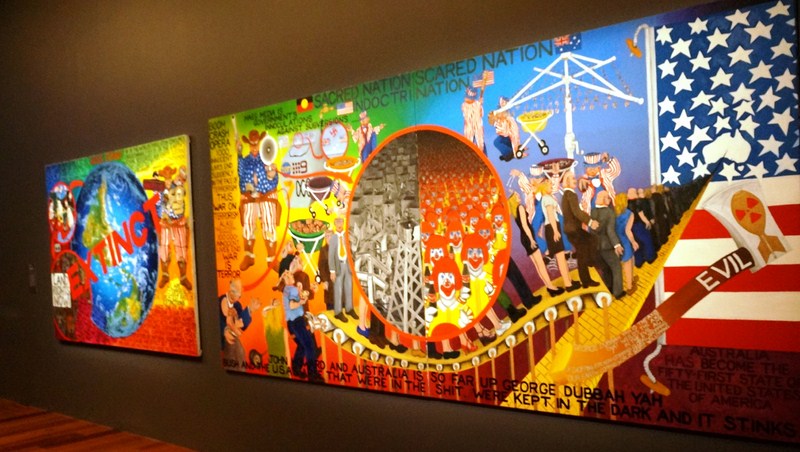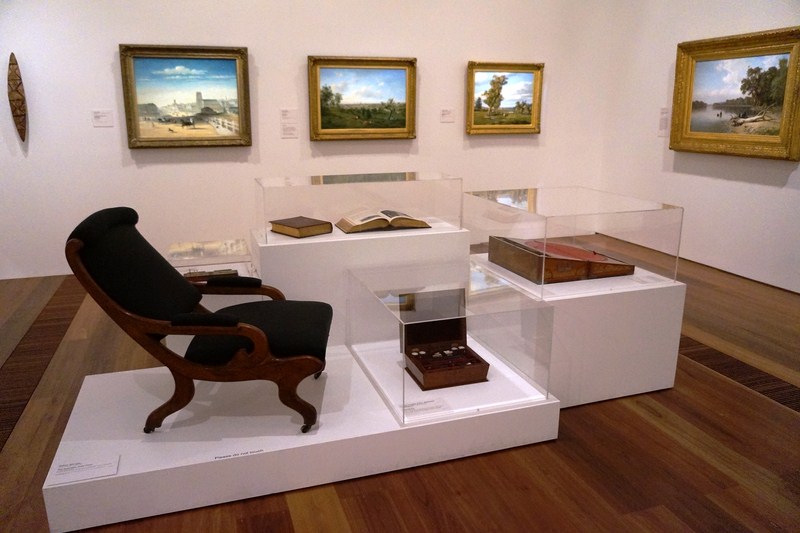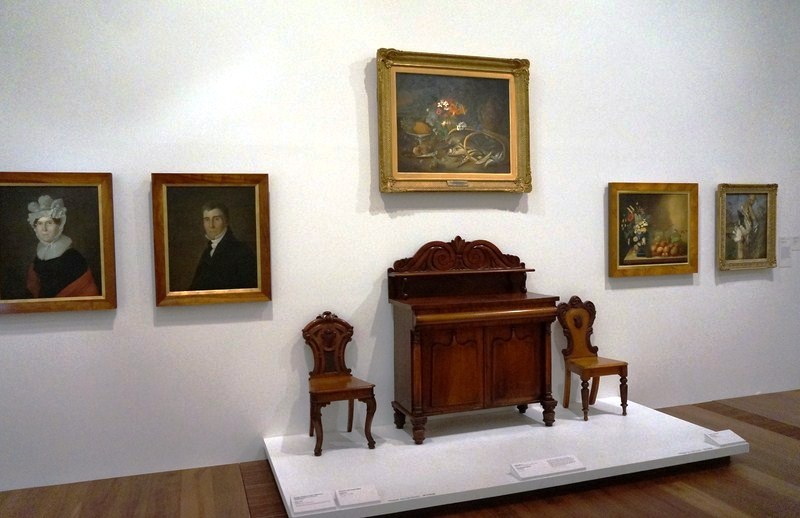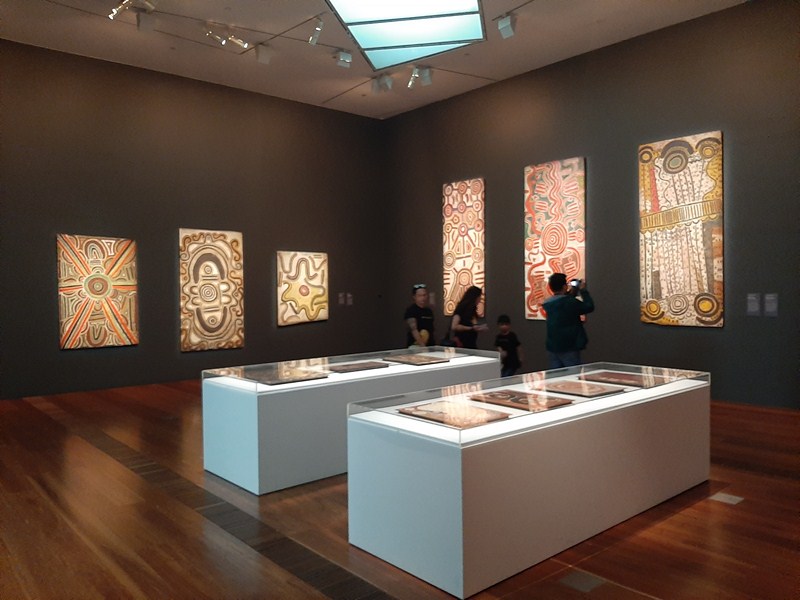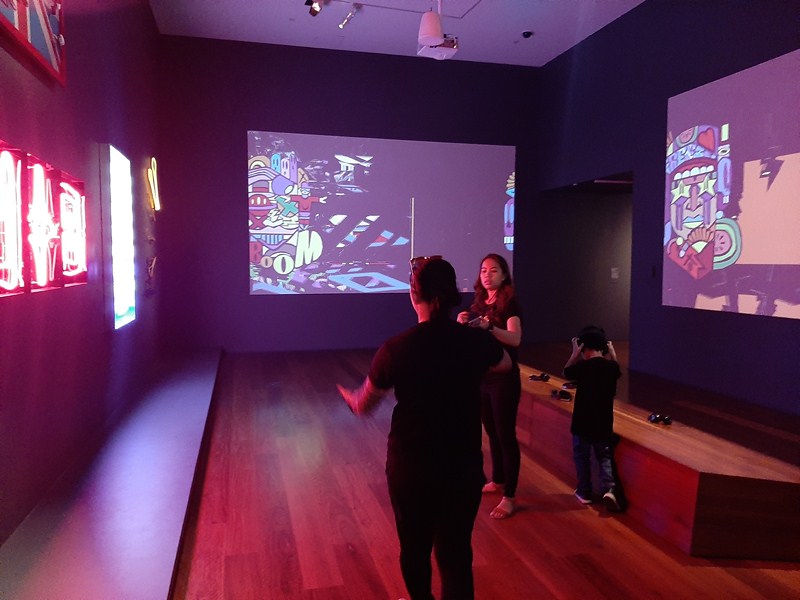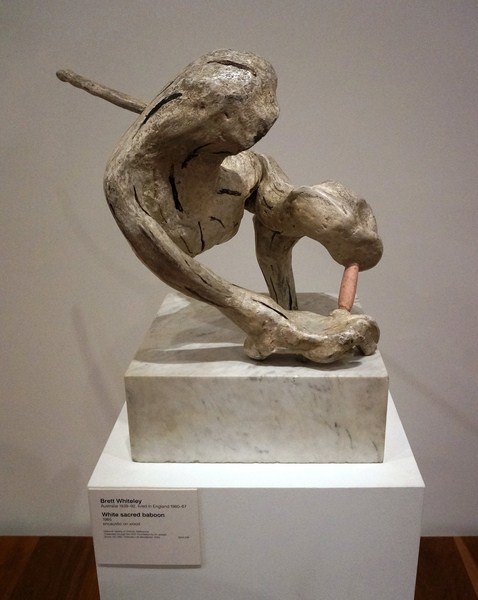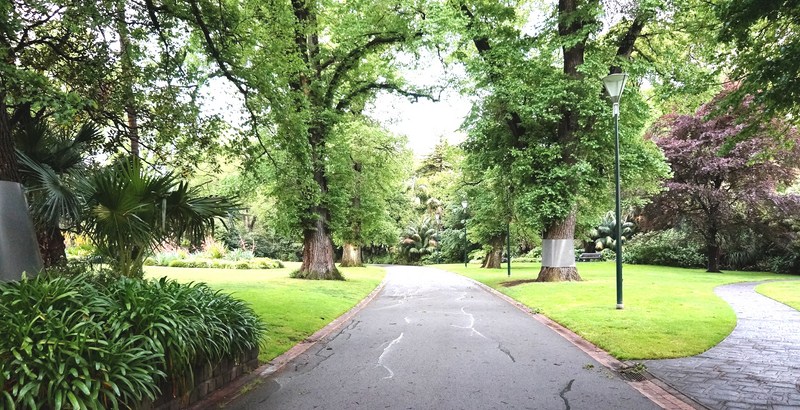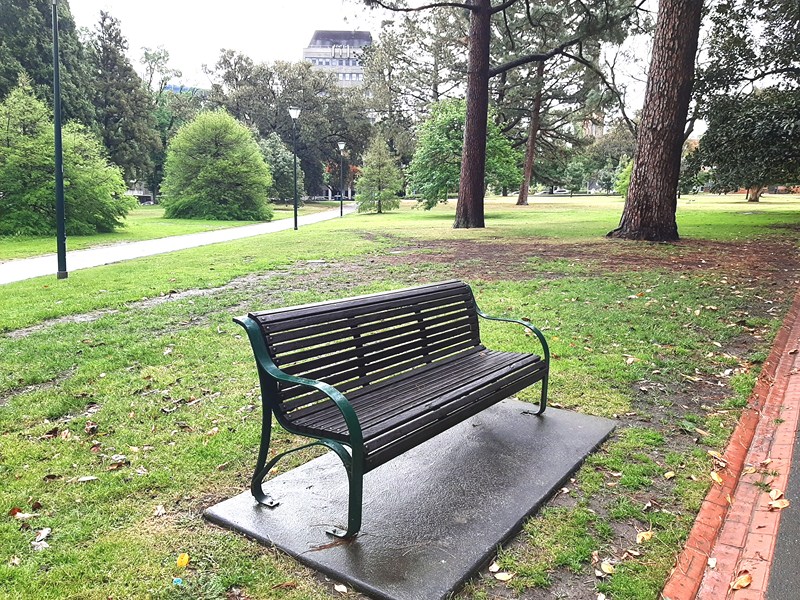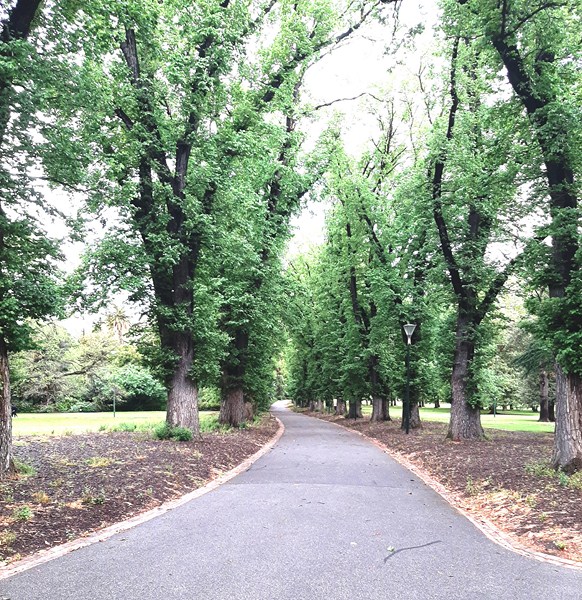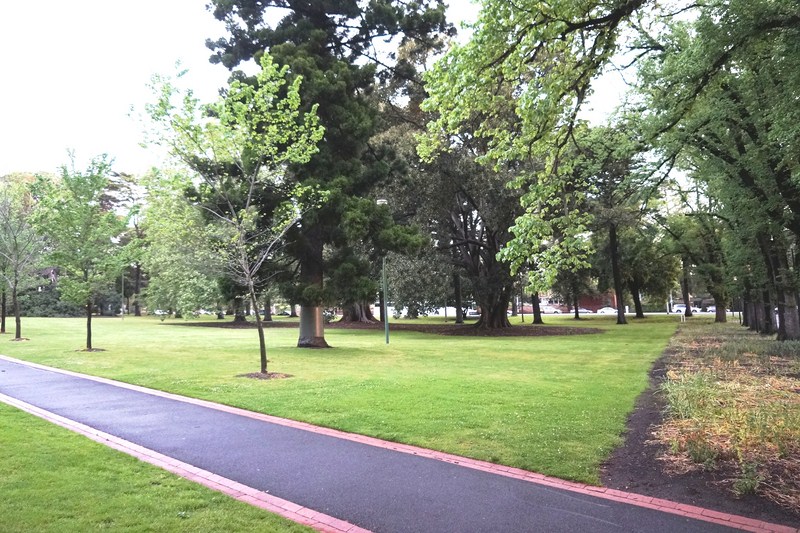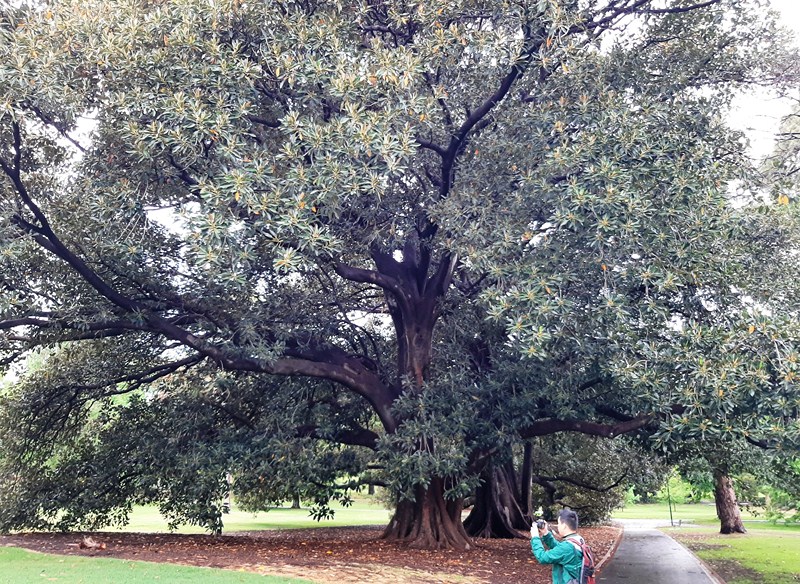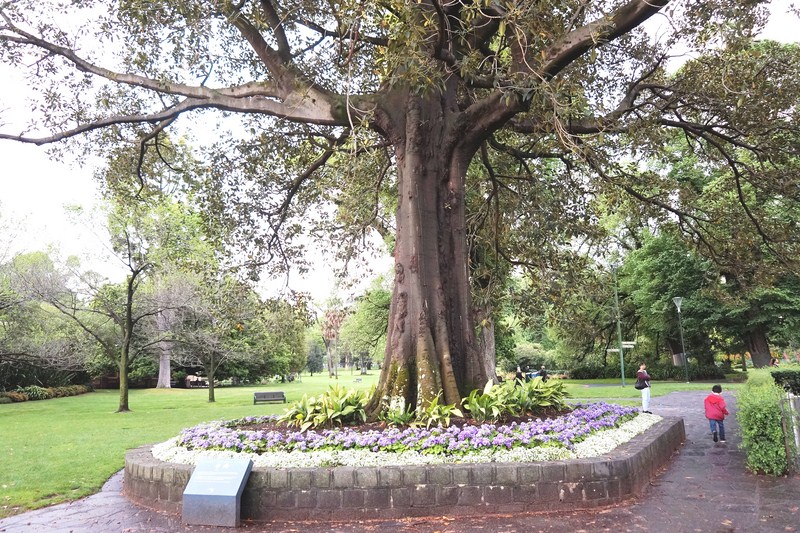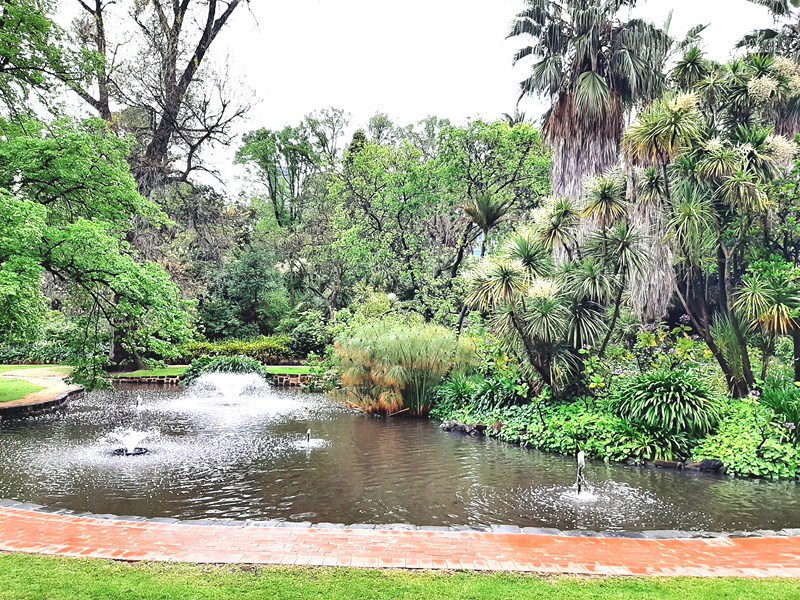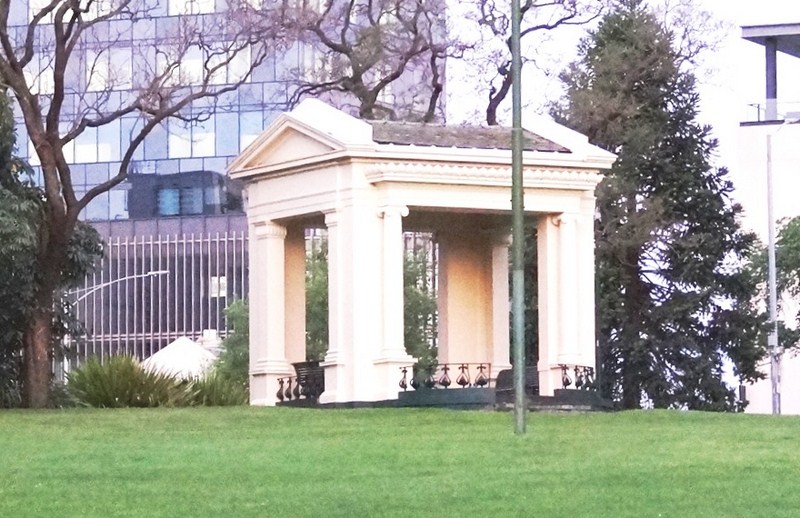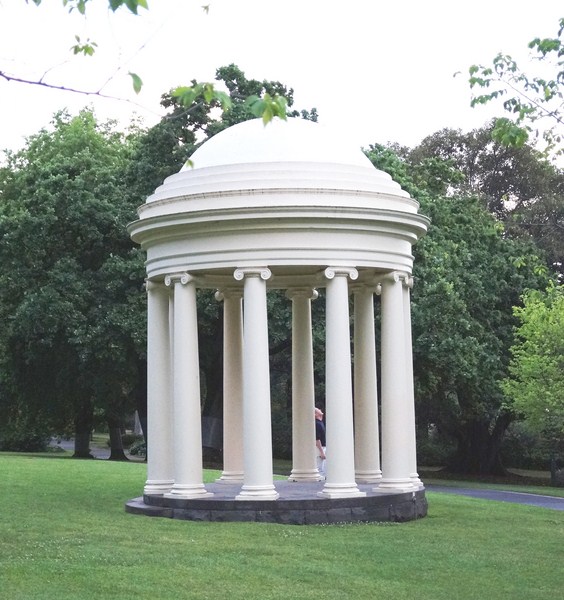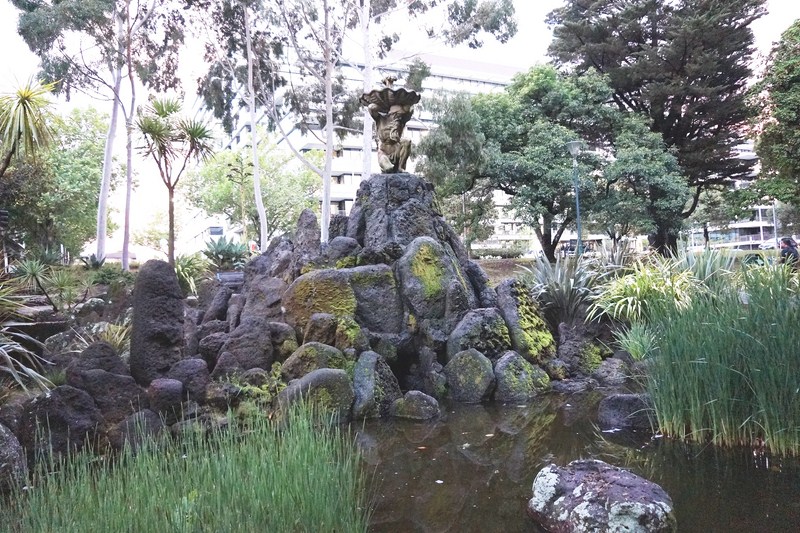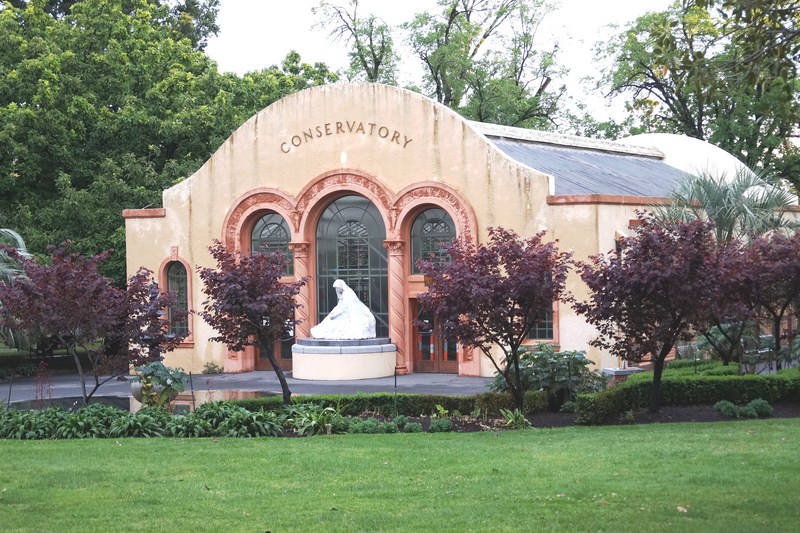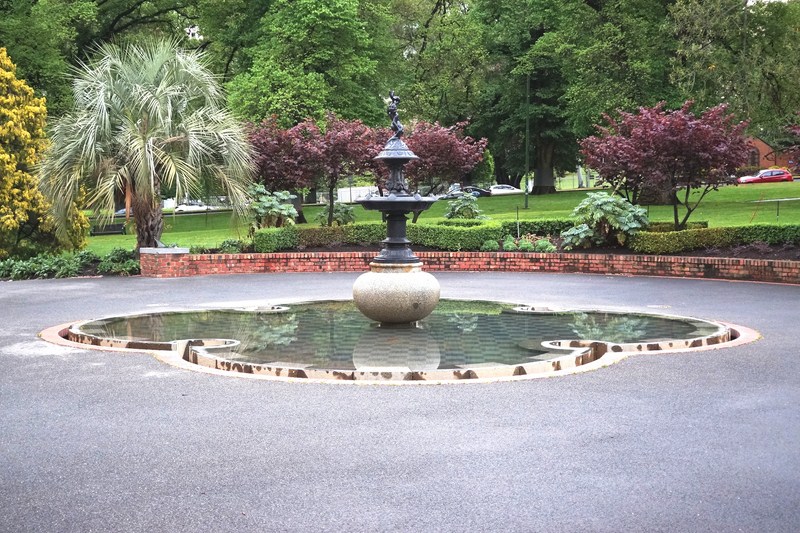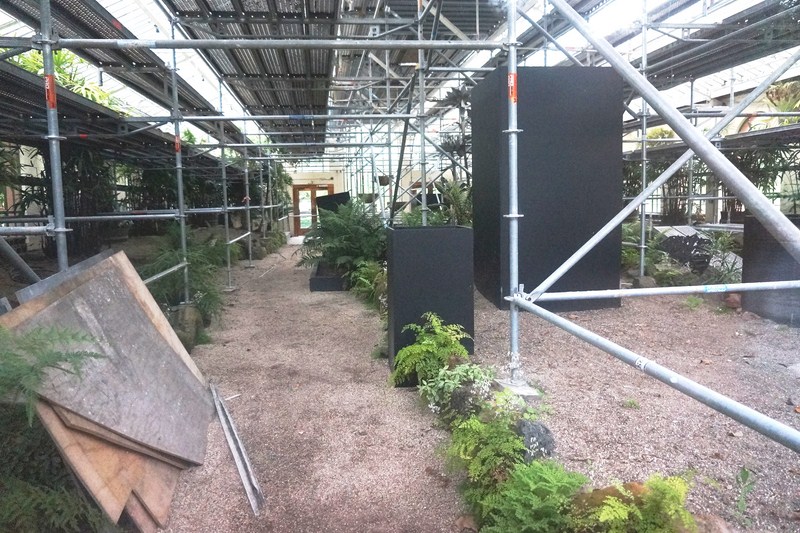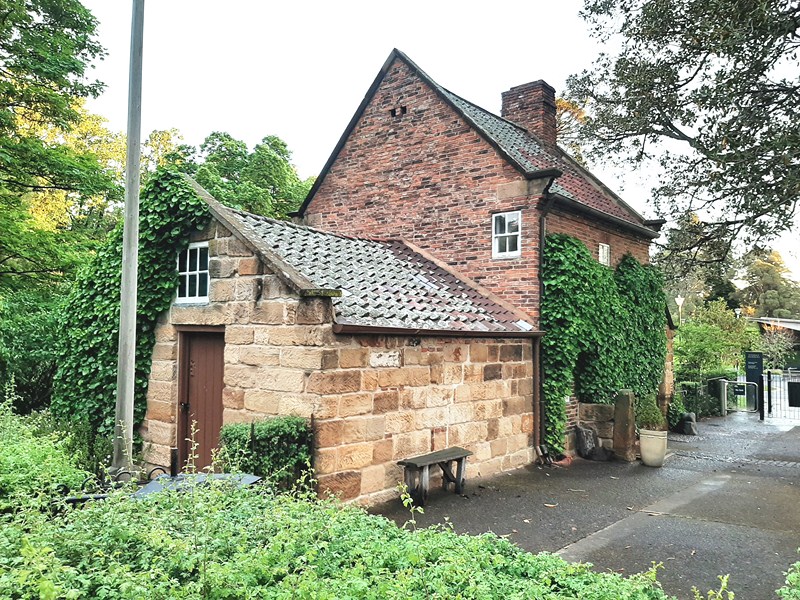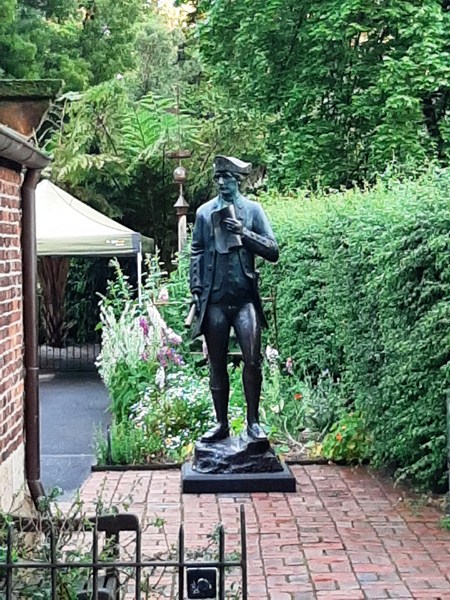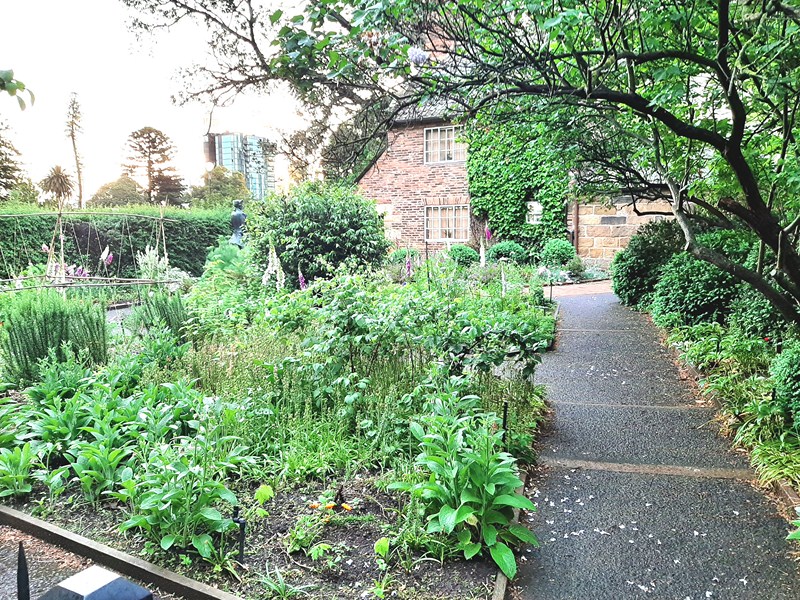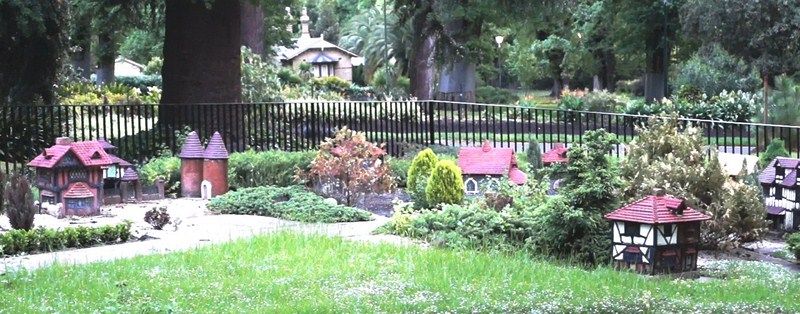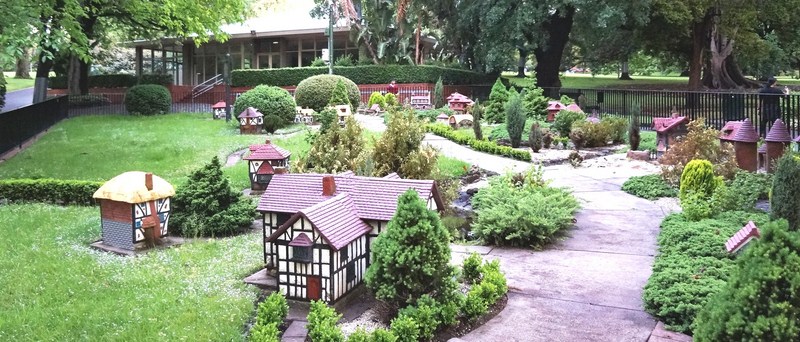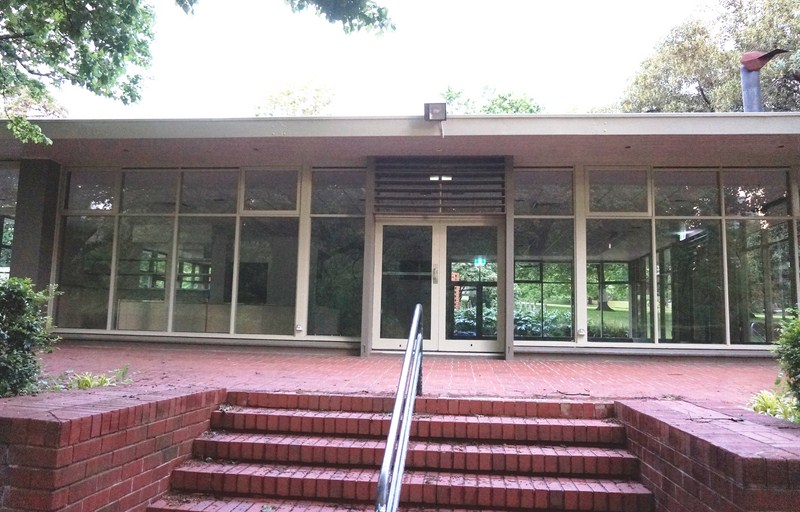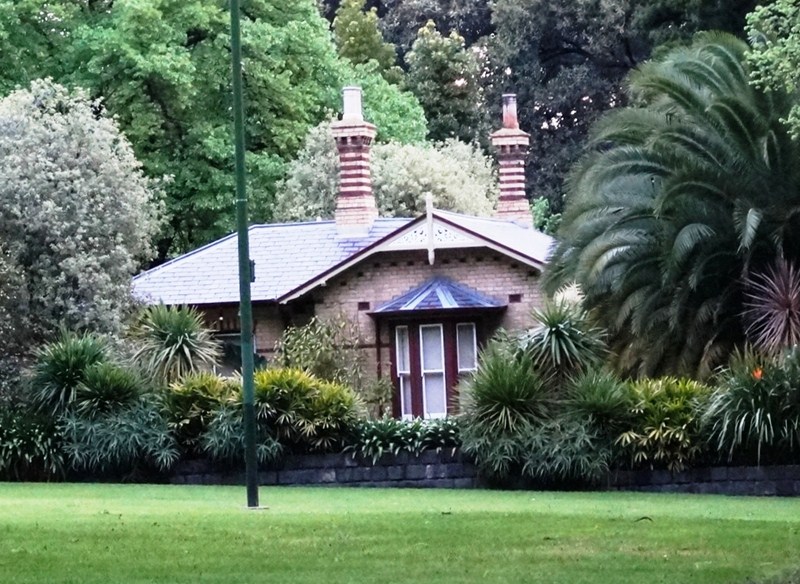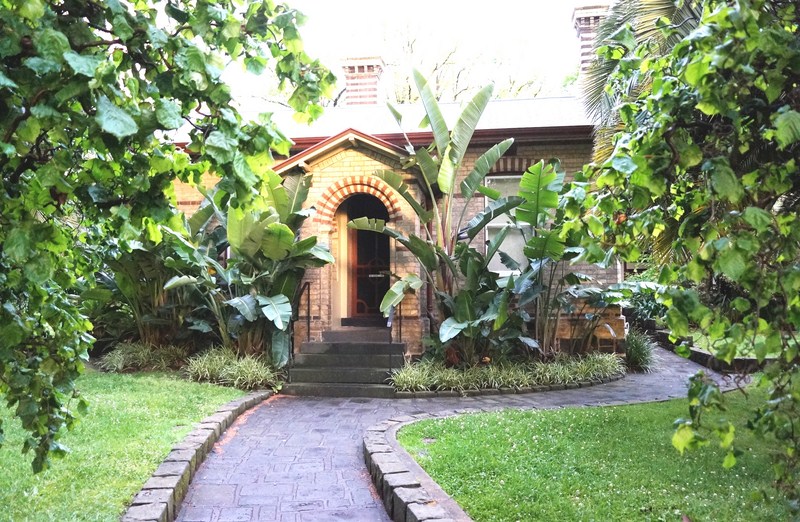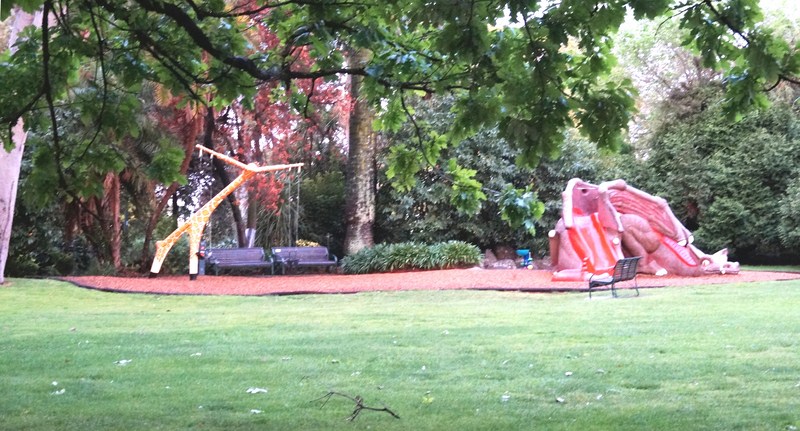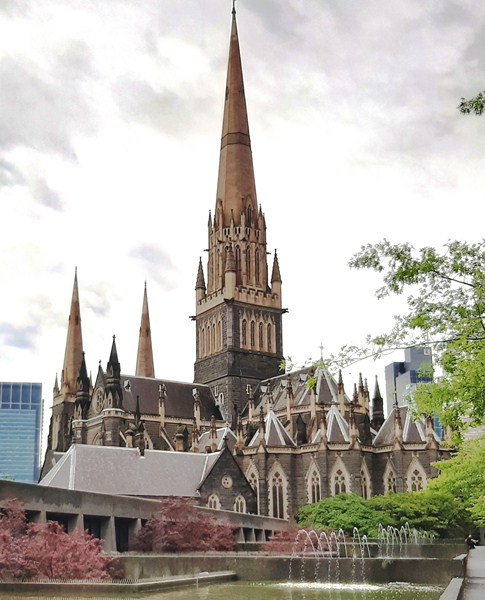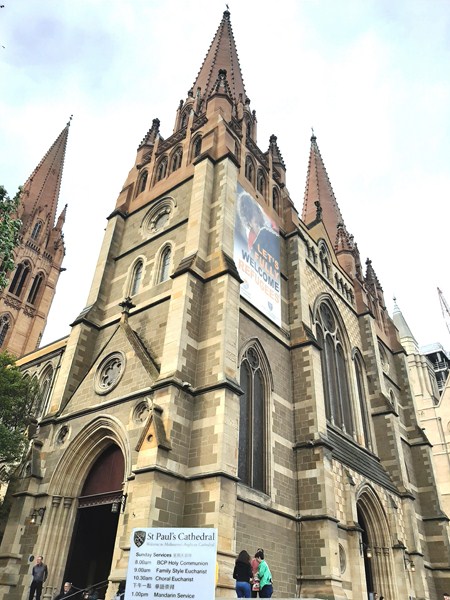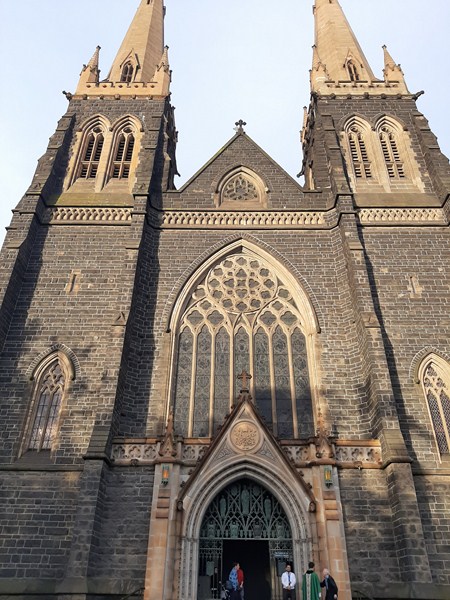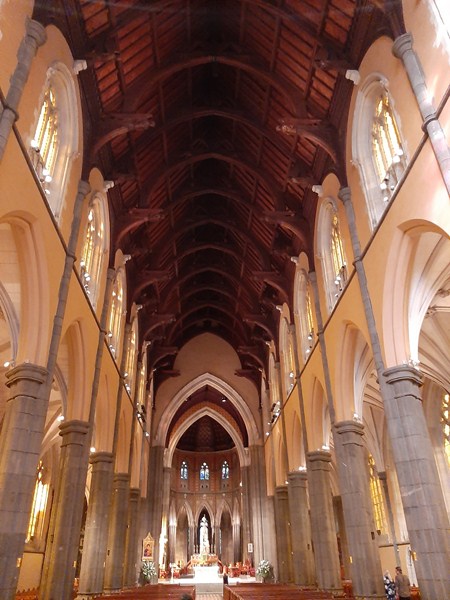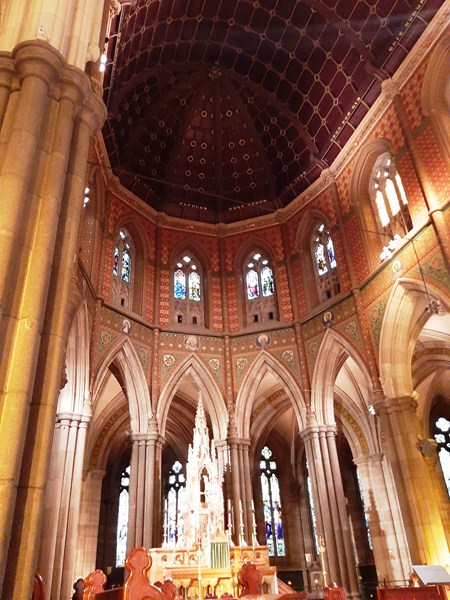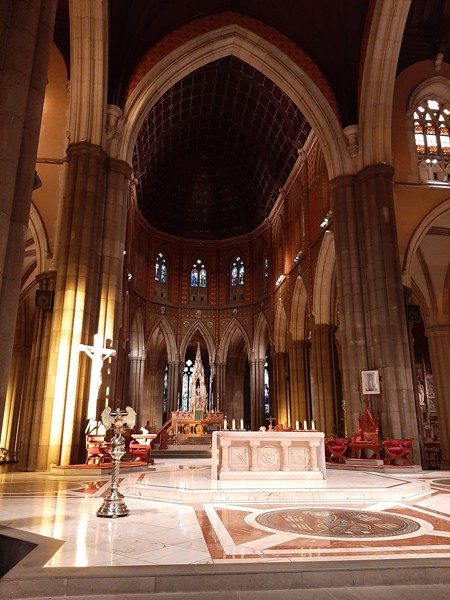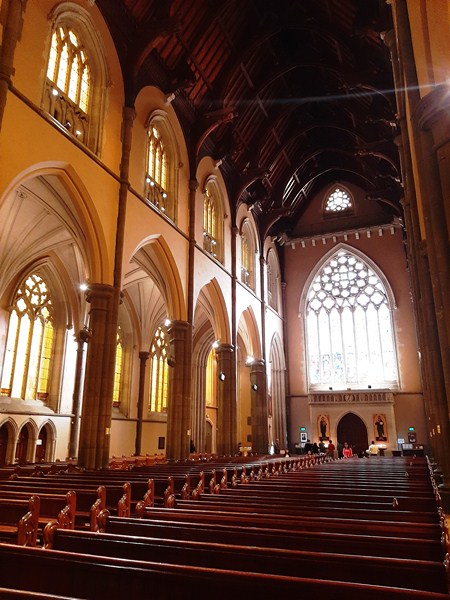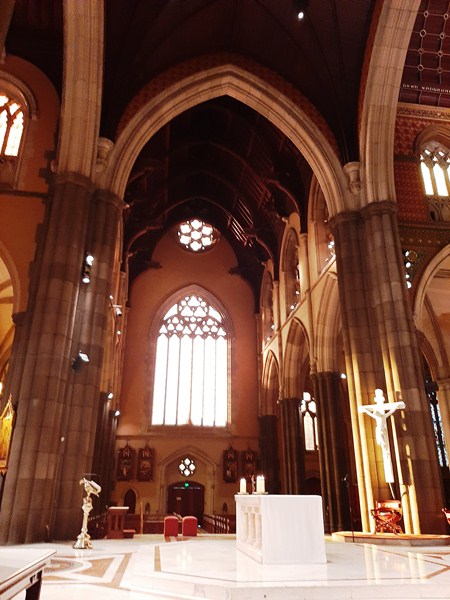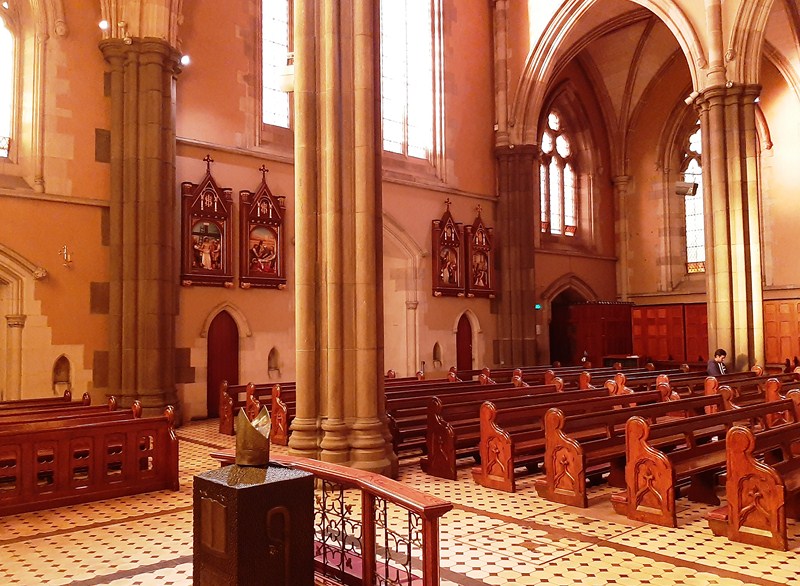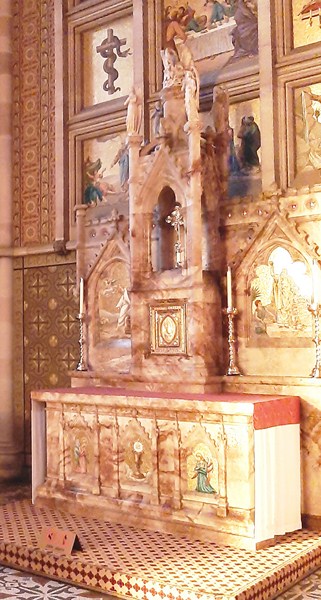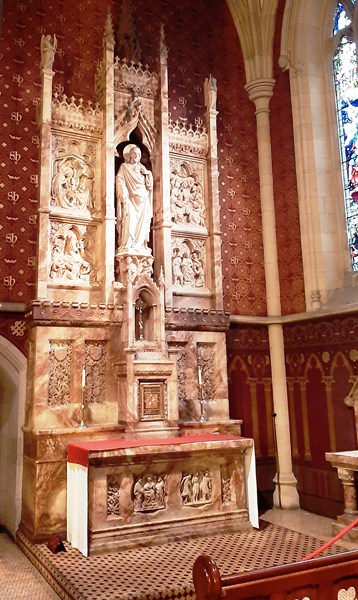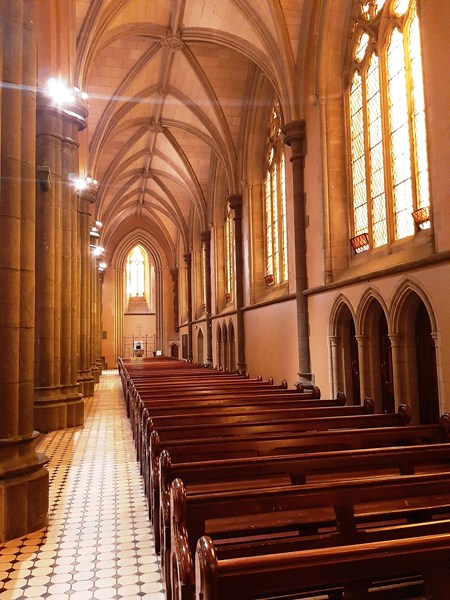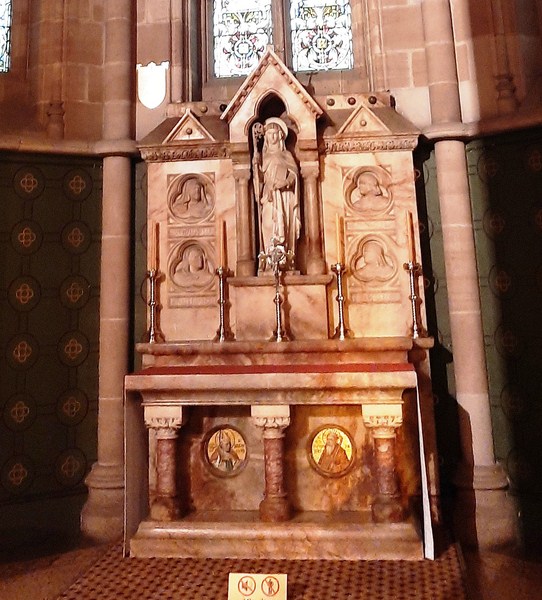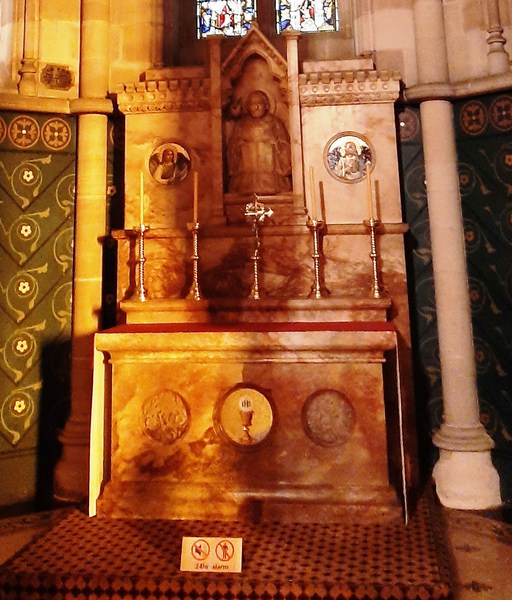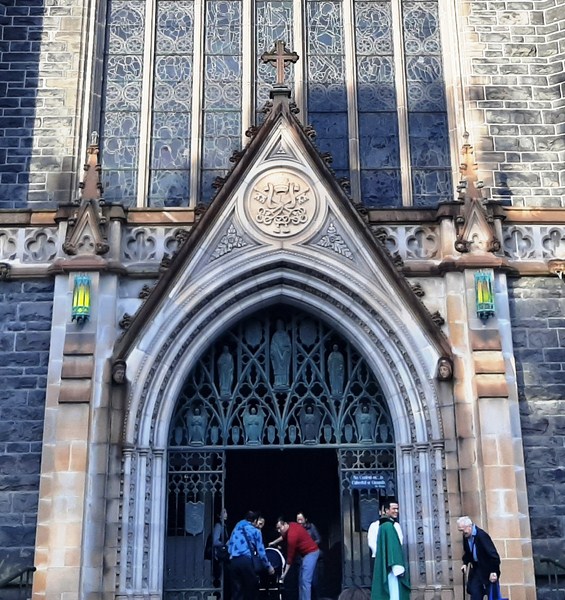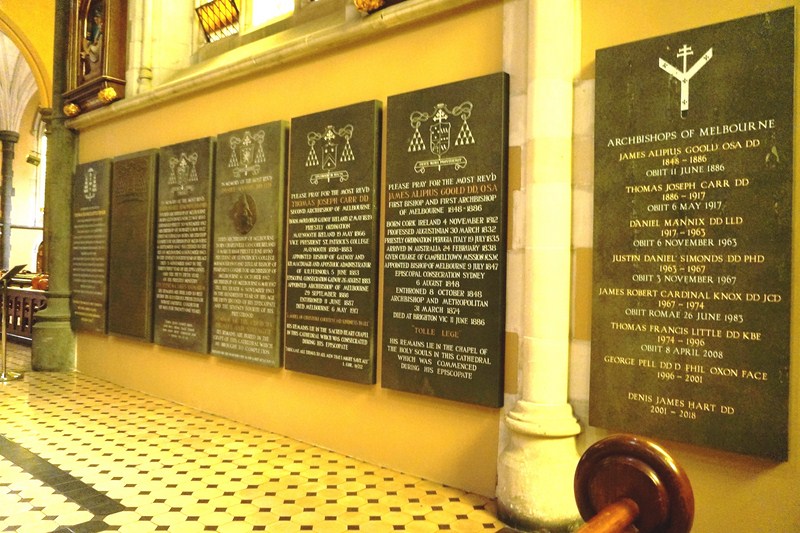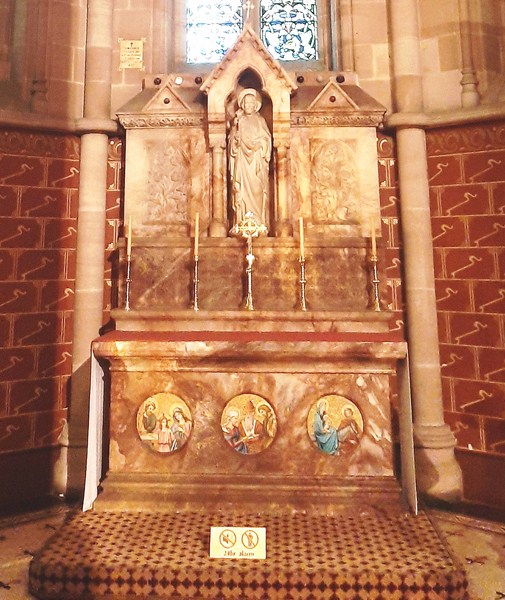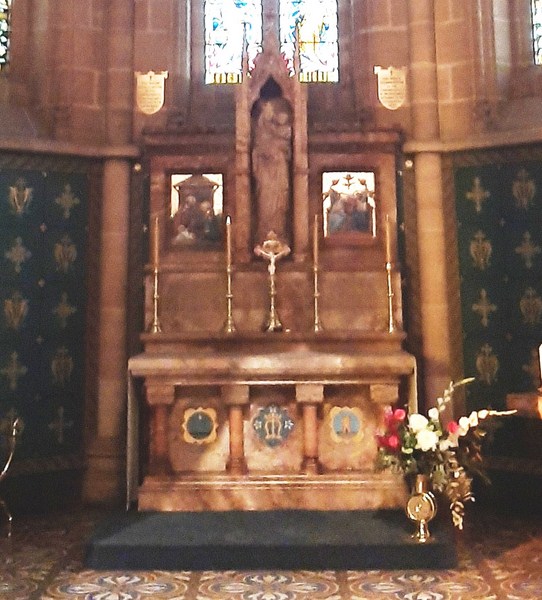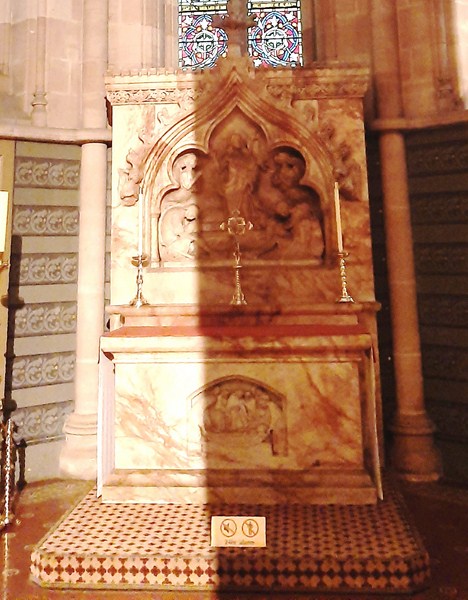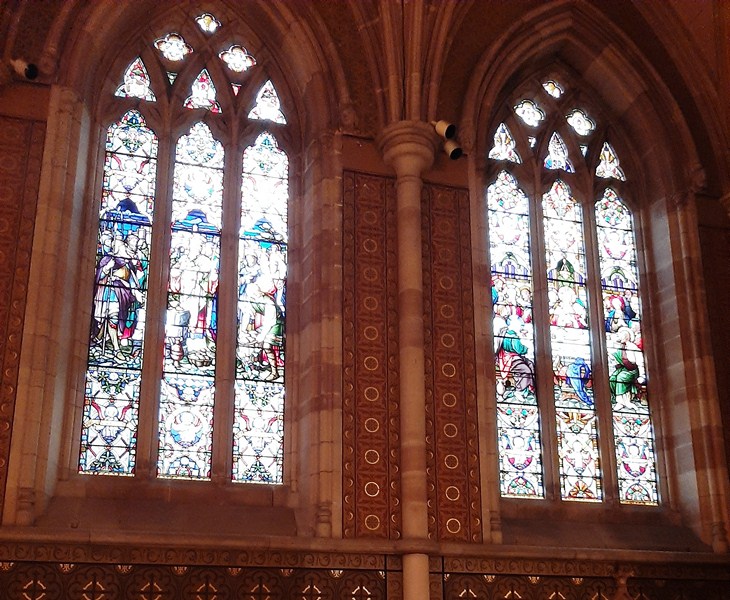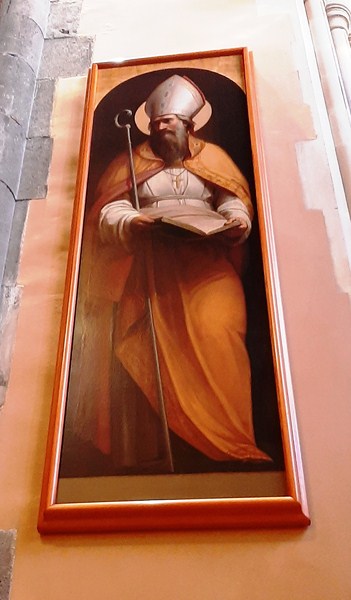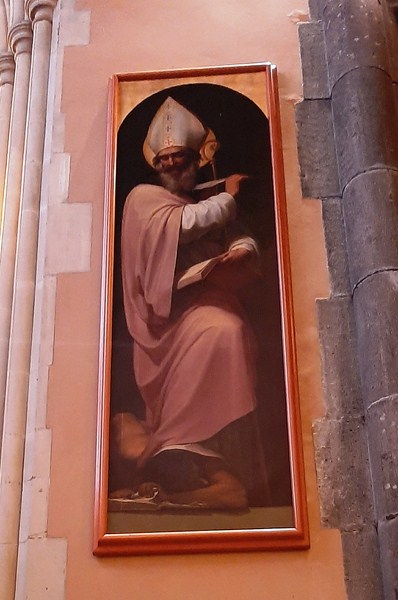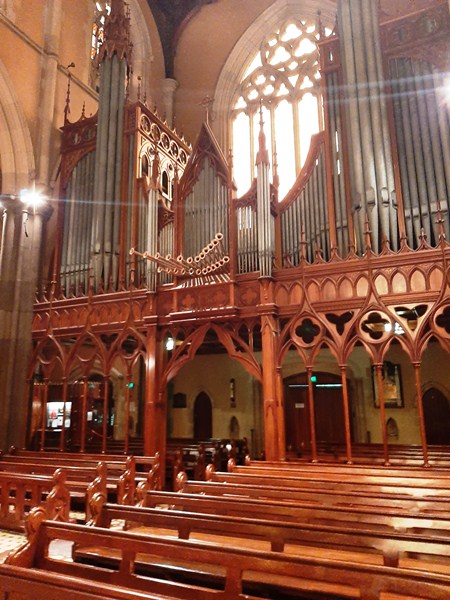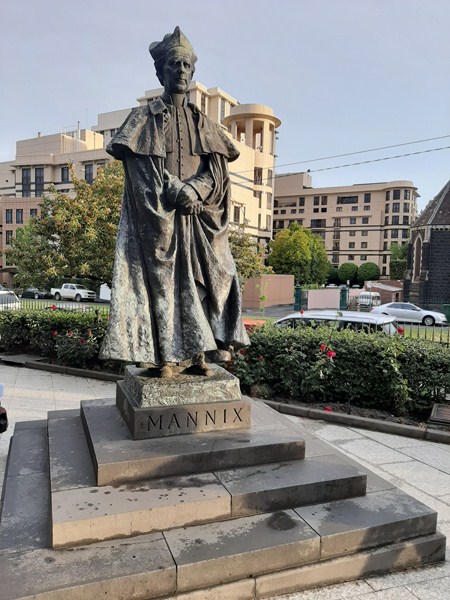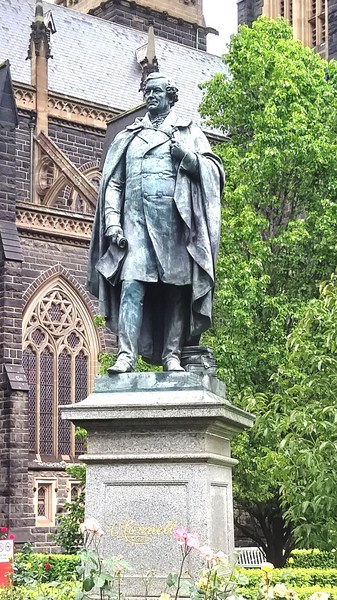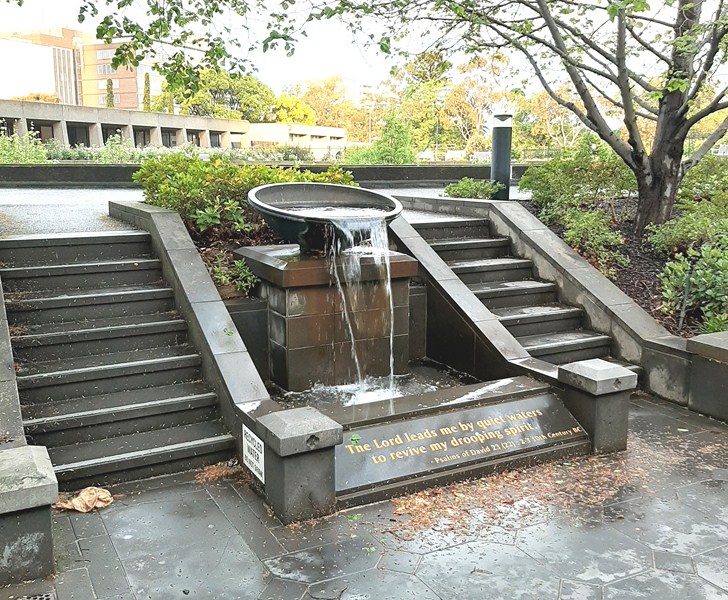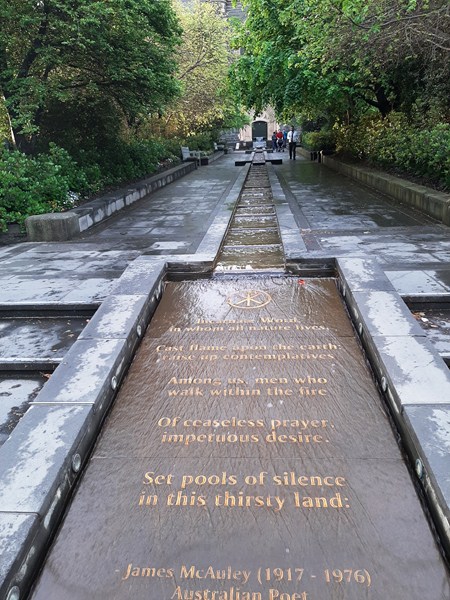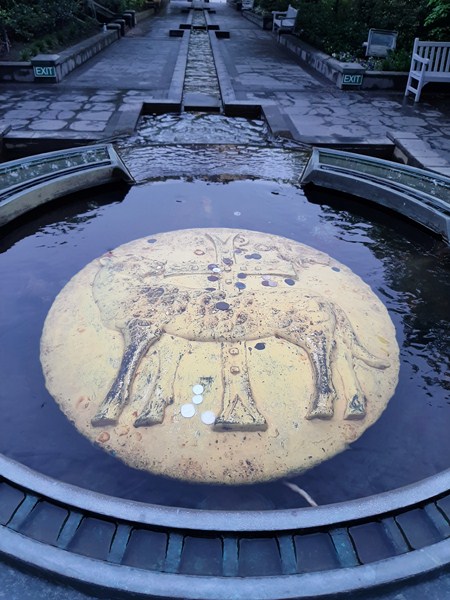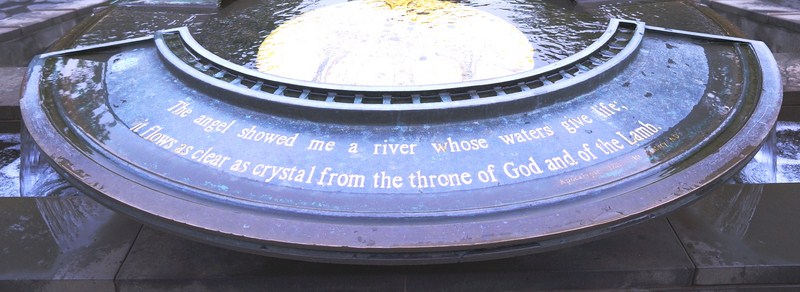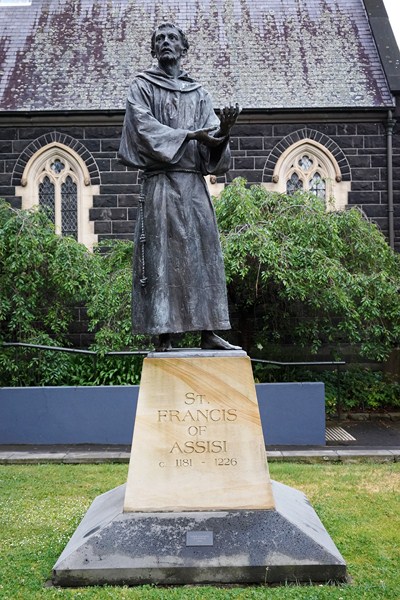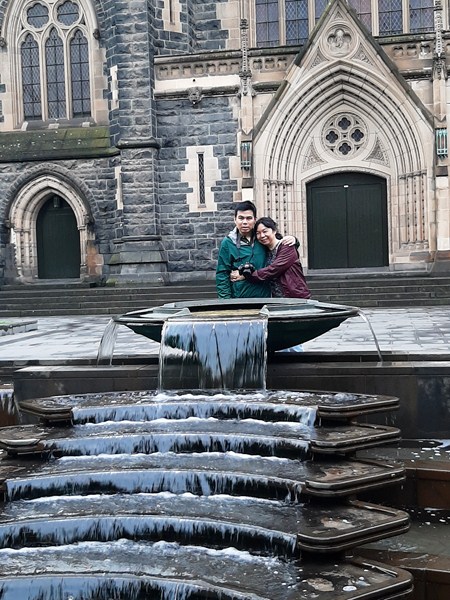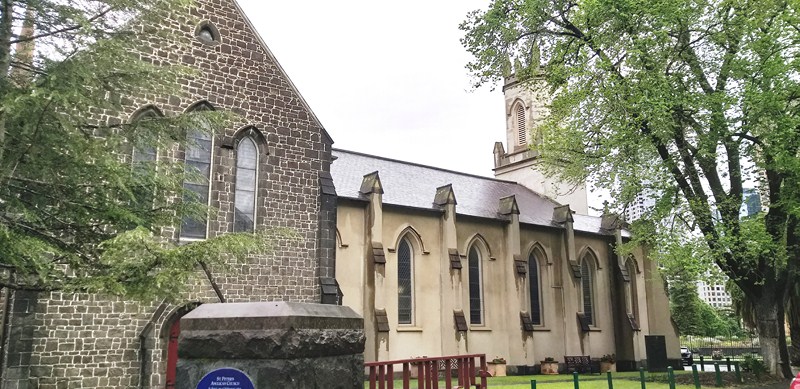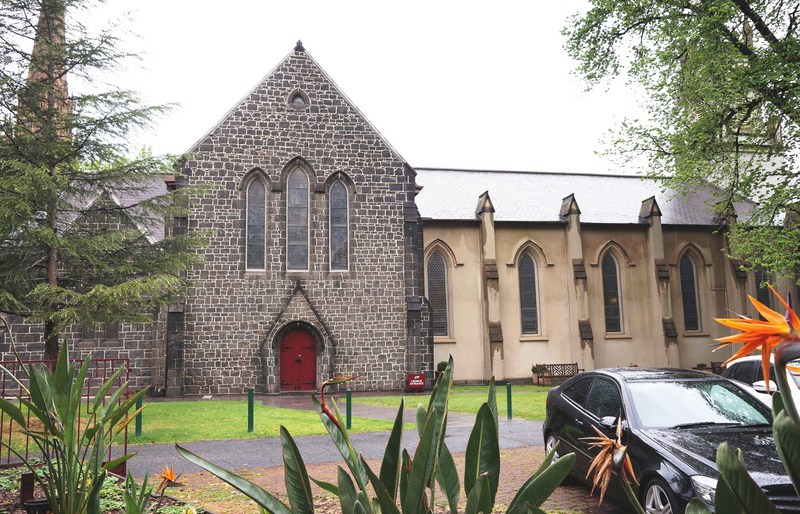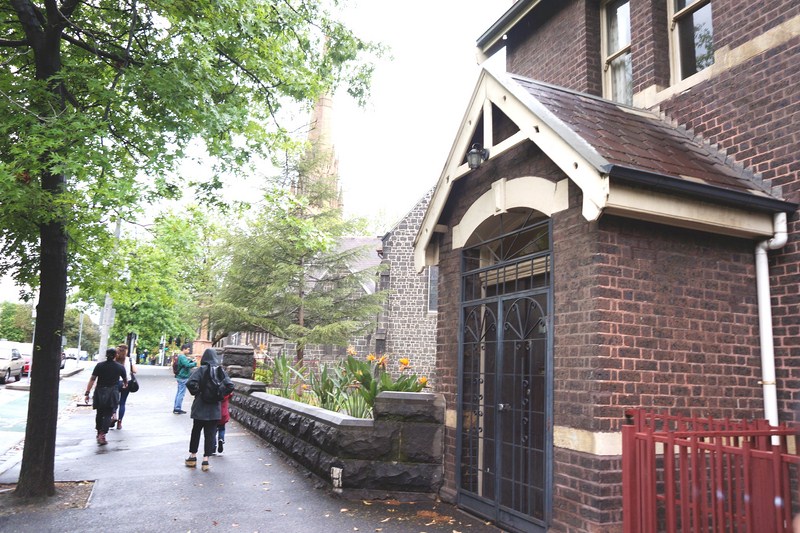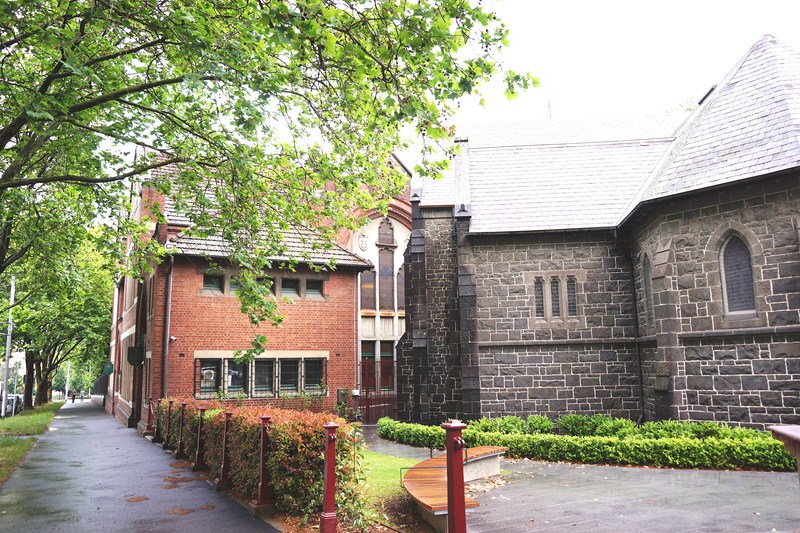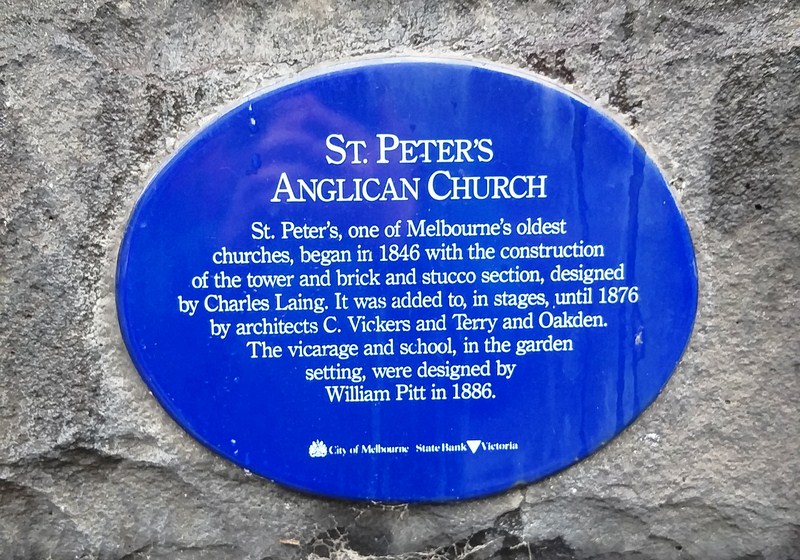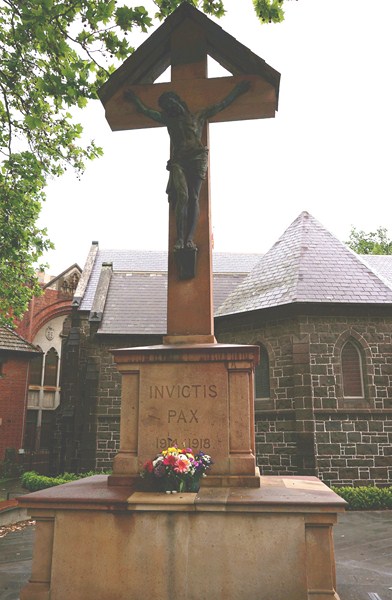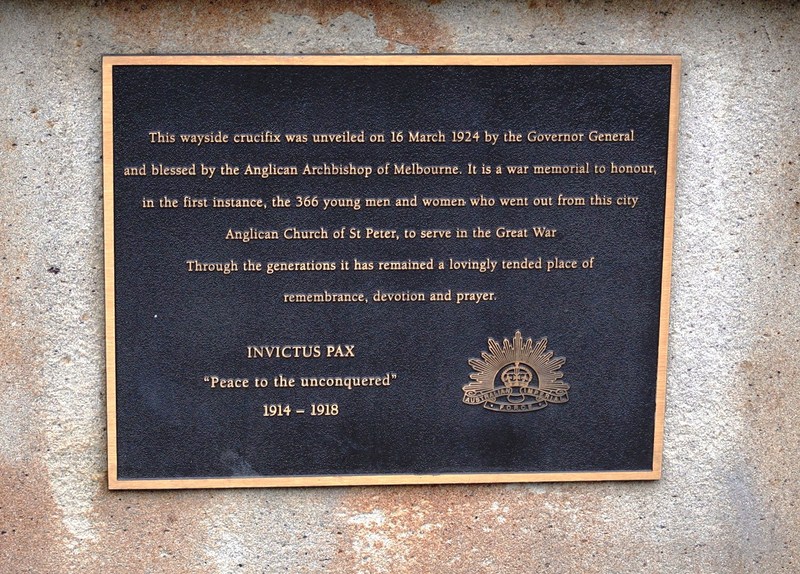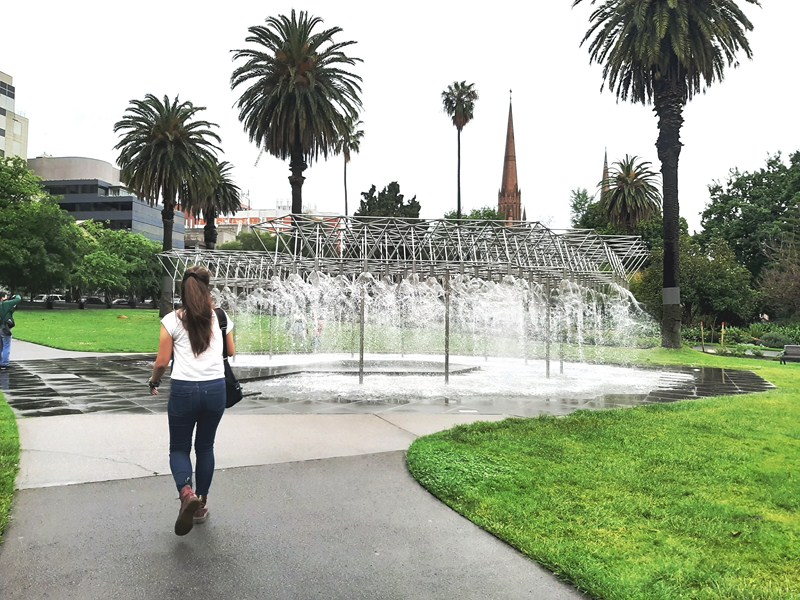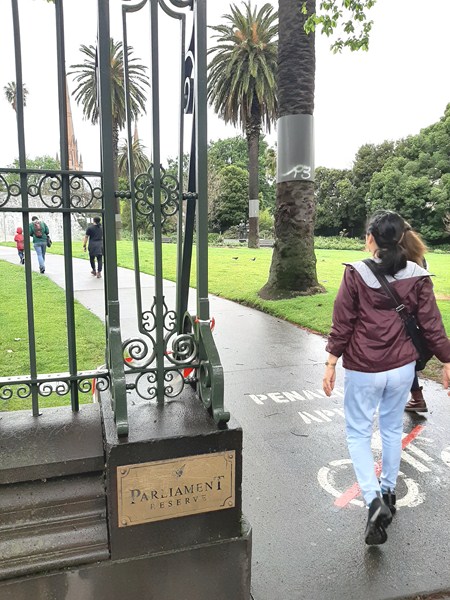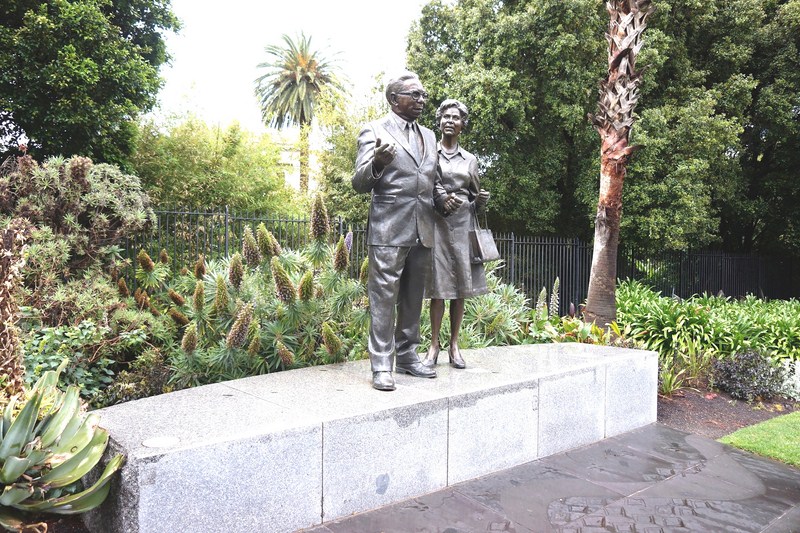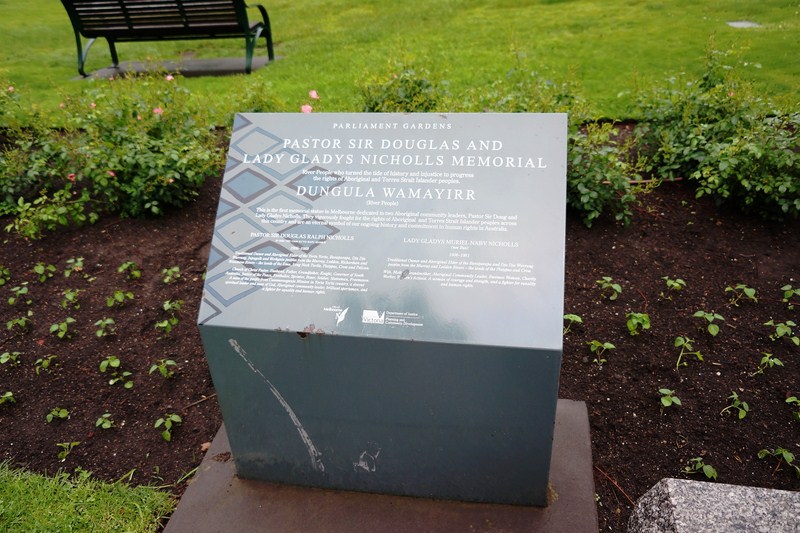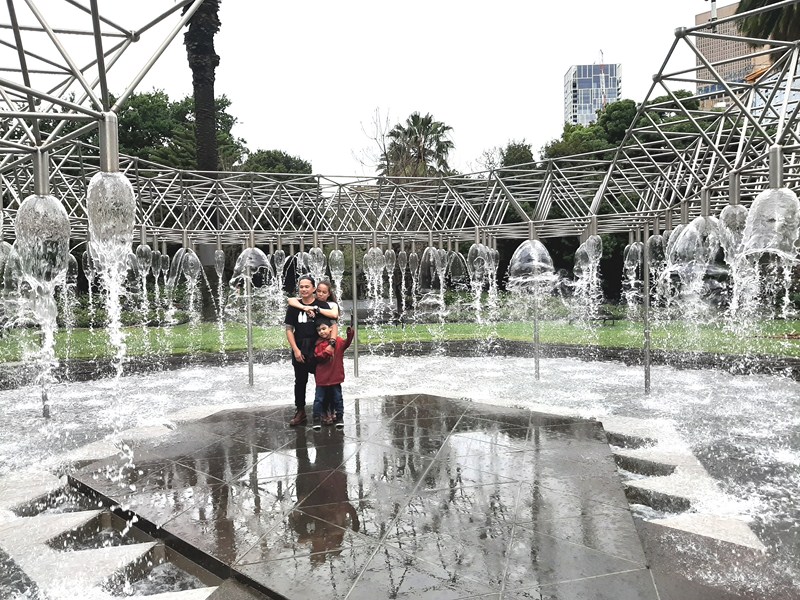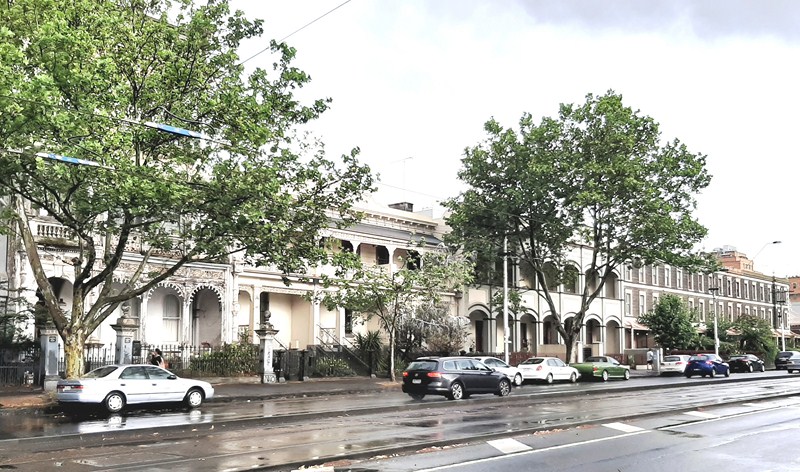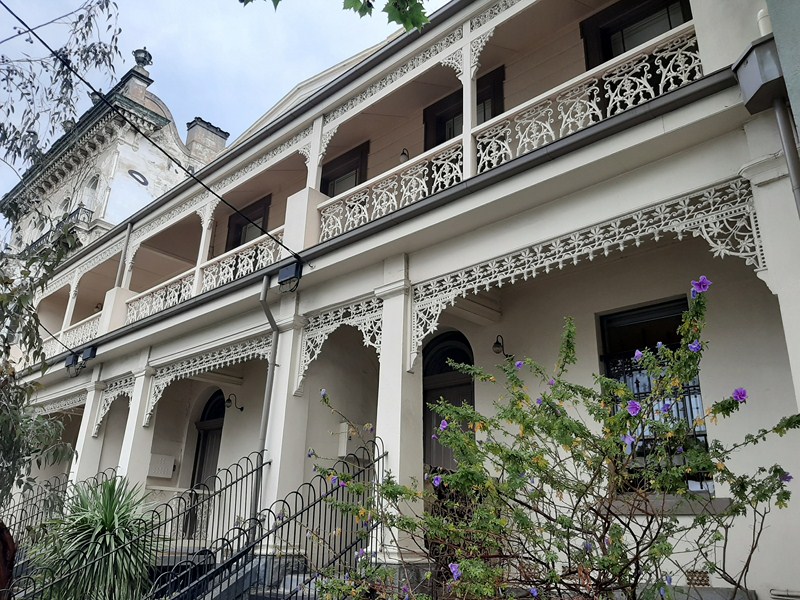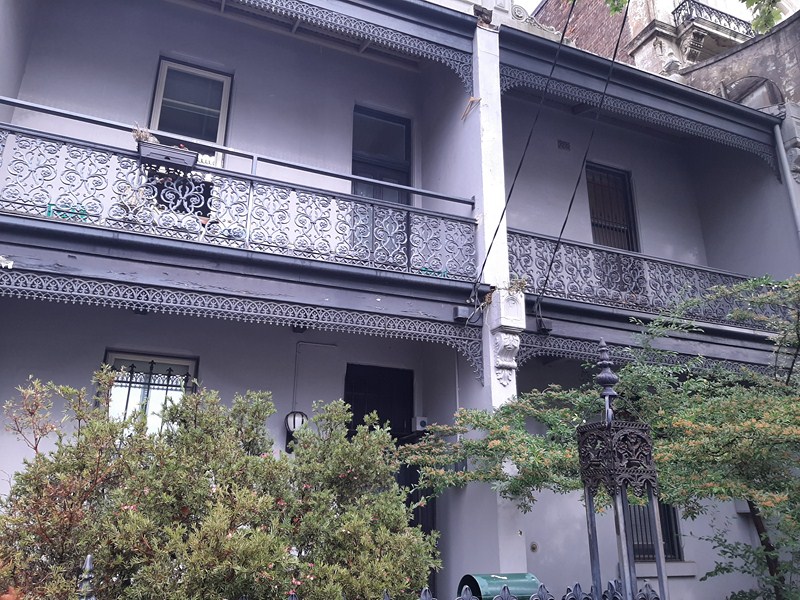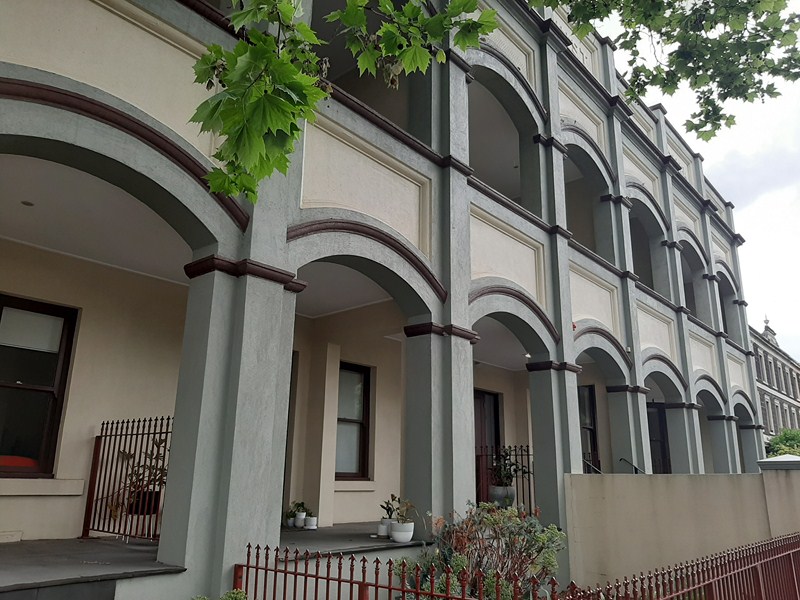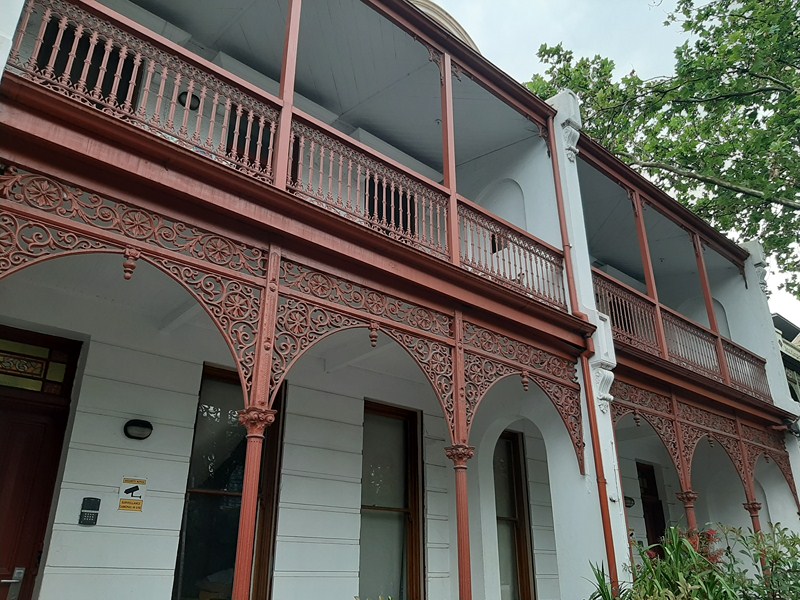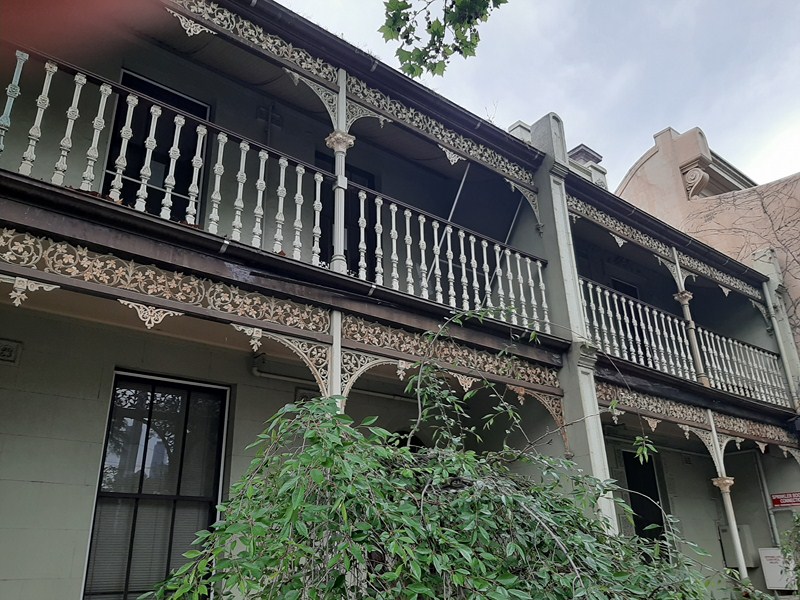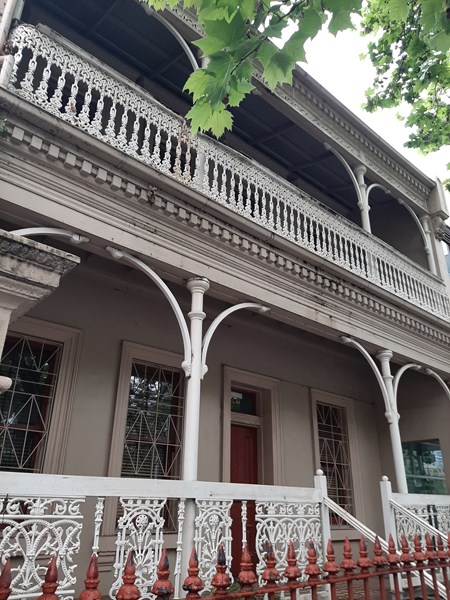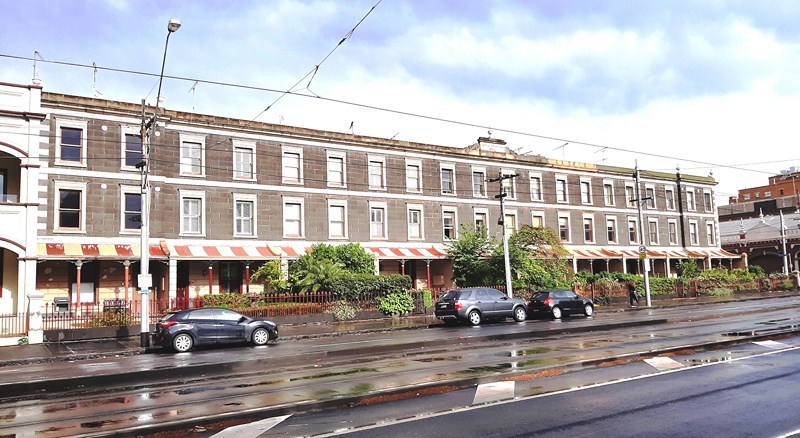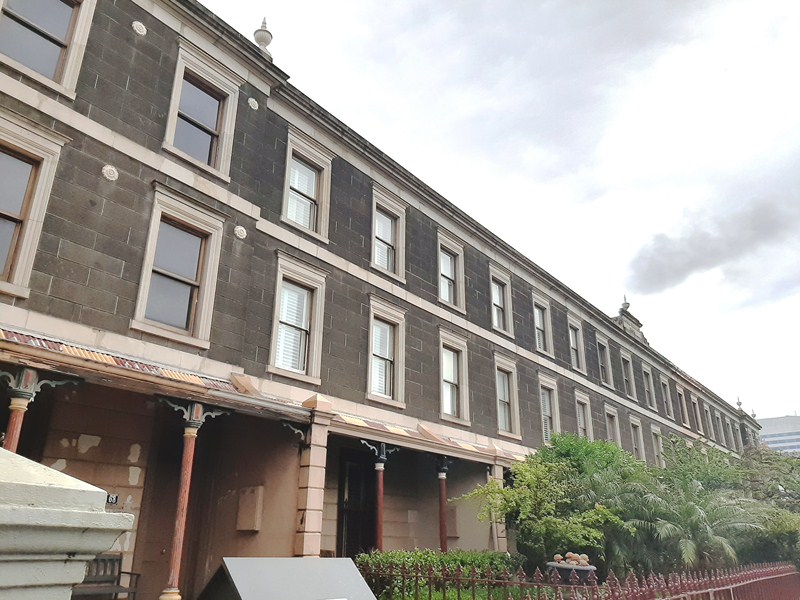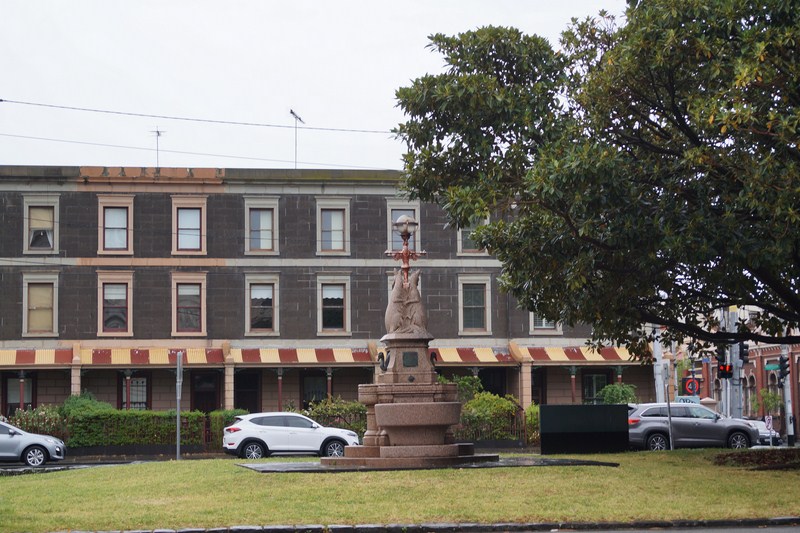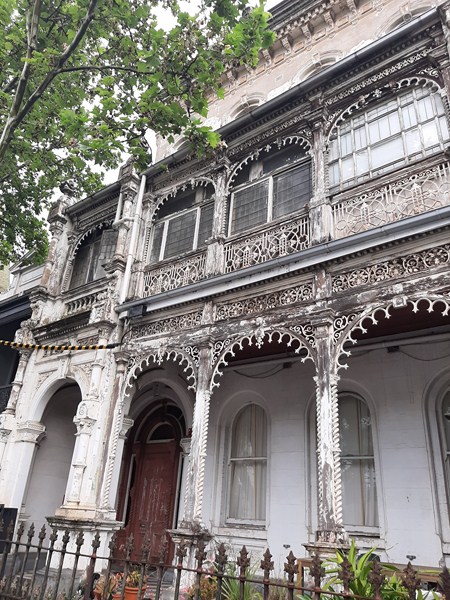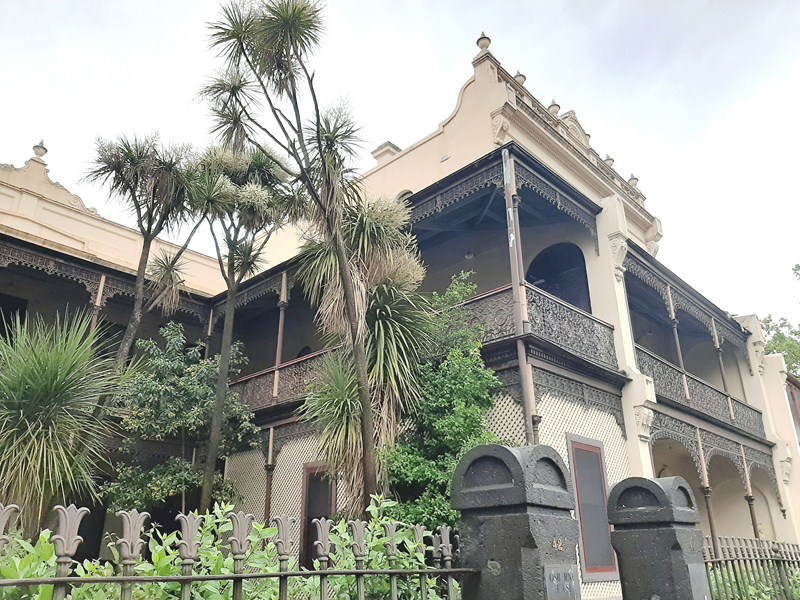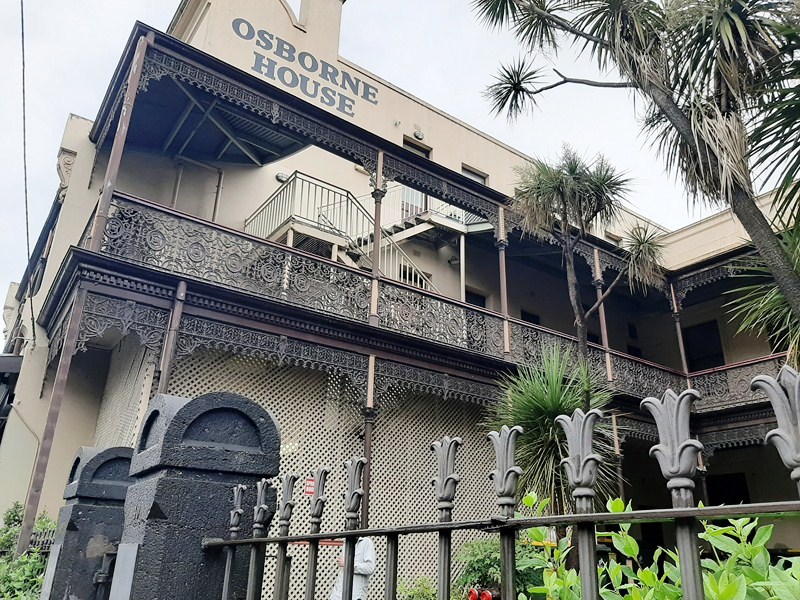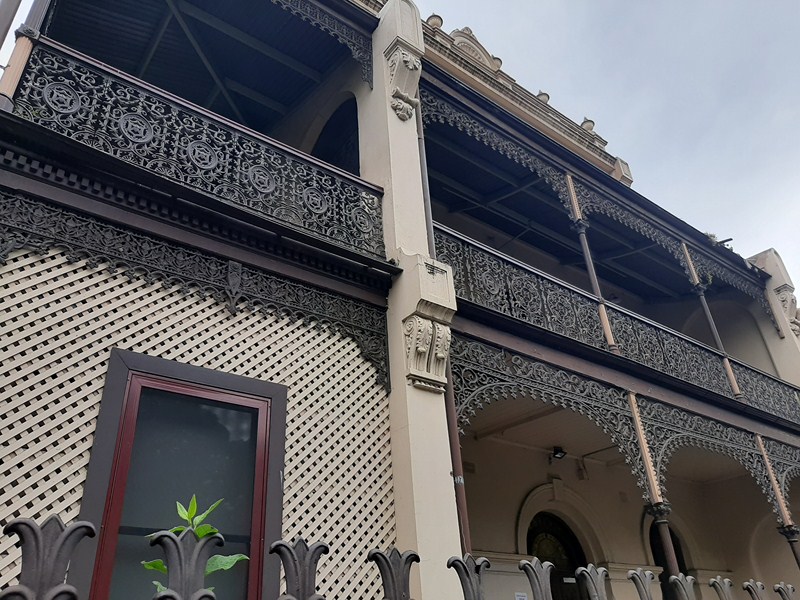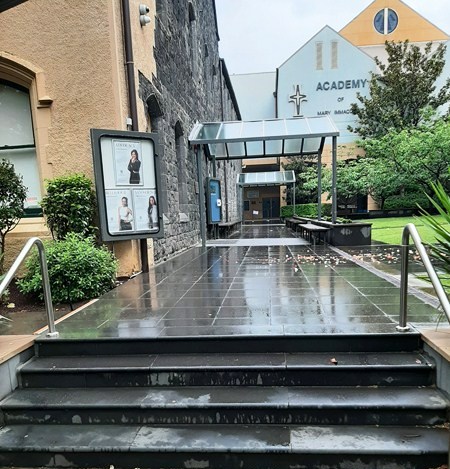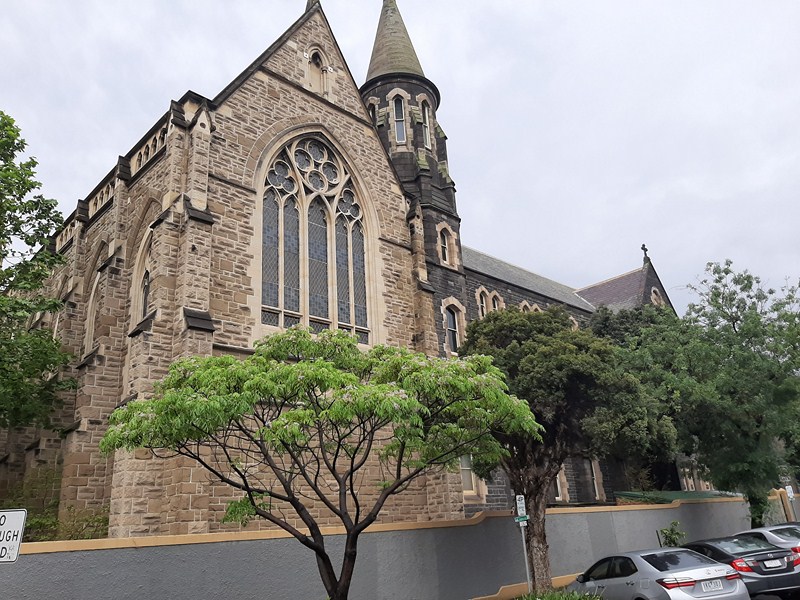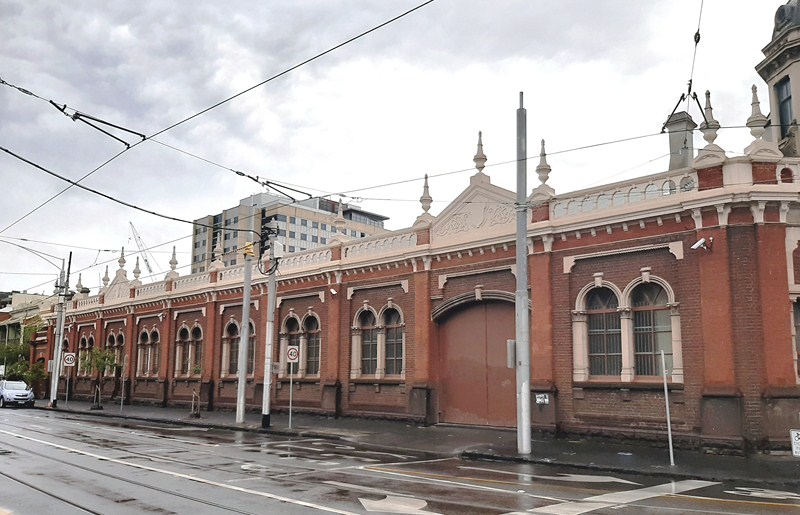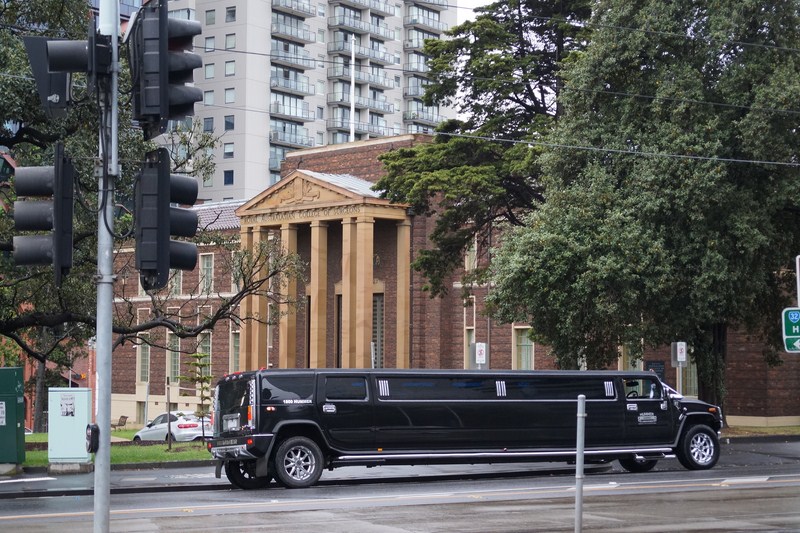From Apollo Bay, we continued on our way for the short 30-min. (28.2-km.) drive, via the Great Ocean Road/B100, to a turn off. Turning left, it is a further 15-min. drive from the turn off to the Cape Otway Lighthouse on Cape Otway in southern Victoria. This lighthouse, a leading attraction on the Great Ocean Road, is a must for all visitors.
Check out “The Great Ocean Road Adventure Tour: Apollo Bay“
Here are some interesting trivia regarding this lighthouse:
- It was the second lighthouse completed on mainland Australia
- The light house remains the oldest surviving working lighthouse in mainland Australia.
- During winter to spring (My to October), as 25 species of migrating whales (Southern Right Whales, Humpback Whales, Blue Whales, Killer Whales, etc.) swim very close to shores, the lighthouse is a vantage point for land-based whale watching.
- For many thousands of 19th century migrants who spent months travelling to Australia by ship, Cape Otway was their first sight of land after leaving Europe, Asia and North America.
Known as the “Beacon of Hope,” the 21 m. high Cape Otway Lighthouse, a conical tower with balcony, sits on approximately 200 acres of land, 91 m. above the pristine ocean of Bass Strait. The solar lantern’s light characteristic is three white flashes every 18 seconds and 1 revolution per 90 seconds. It weighs 4,318 kgs.
Here is the historical timeline of the lighthouse:
- In 1846, the construction of the Cape Otway Lightstation began using stone quarried at the Parker River, 5 kms. east of the lighthouse, and transported to the Cape by oxen.
- On August 29, 1848, its light was first lit using a first order Fresnel lens, manufactured in London, consisting of 21 polished parabolic reflectors and lamps, in three groups of seven, mounted on a frame and each burning sperm whale oil.
- In 1891, the original light was replaced with a modern revolving lens, burning a single colza oil wick lamp.
- In 1905, an incandescent kerosene mantle replaced the oil and wick lamp, increasing the brightness to 100,000 candles.
- In 1939, the light and turning mechanism was converted to electricity and powered by a diesel generator, increasing the brightness to 1 million candles.
- In 1962, the lighthouse was connected to an electricity main.
- In January 1994, after being the longest continuous operating light on the Australian mainland, the lightstation was decommissioned and replaced by a low powered solar light in front of the original tower whose focal plane is at 73 m. above sea level.
- In 1859, a telegraph station was added to the site when Tasmania was connected to the mainland by a submarine telegraph line from Cape Otway to Launceston.
- In 1942, the Americans built a radar bunker on the cape which is now open to the public.
Any visit here is not complete without climbing the lighthouse and, after climbing the spiral stairs to the observation deck, we were rewarded with a breathtaking view overlooking Bass Strait on the left and the Southern Ocean on the right.
The wind here was fierce and strong and we can hear the noise of the wind even over ordinary conversation. Still, it was an amazing and awesome feeling on the observation deck.
Within the grounds is the Lightkeeper’s Café and Souvenir Shop housed in the former assistant lighthouse keeper’s cottage (Open 9 AM – 4 PM) built in 1858.
Nearby is a metal kangaroo sculpture and the anchor from Eric the Red which was wrecked on the Otway Reef on September 4, 1880.
At the keeper’s cottages of Apollo Bay, accommodation is available in two double studios (suitable for couples) or in the Lightkeeper’s Cottage and Lodge that can sleep groups ranging from two to sixteen people.
Cape Otway Lighthouse: Otway Lighthouse Rd., Cape Otway, Victoria 3233, Australia. Open daily (closed Christmas Day), 9 AM – 5 PM (last entry 4:30 PM). Admission: adults ($19.50, $18.50 online), children 5 -7 years ($7.50, $7.00 online), family of 2 adults and up to 4 children ($49.50, $47 online), seniors ($17.50, $16.50 online) and children 0 – 4 years (free). Discounted tickets can be pre-purchased from Apollo Bay and Lorne Visitor Information Centres, or the Otway Fly. Website: www.lightstation.com. Location: latitude 38° 51’ south, longitude 143° 29’ east.

